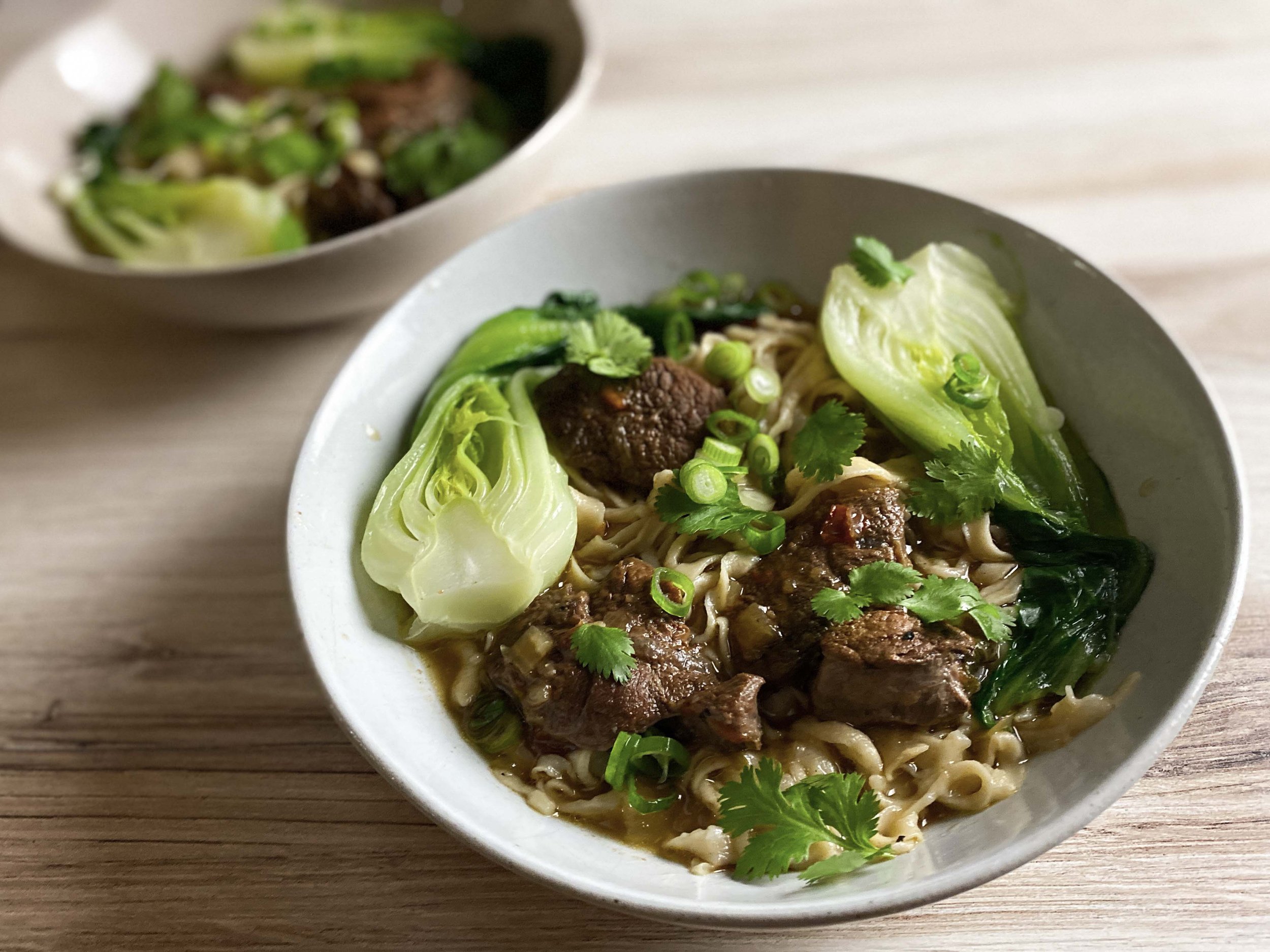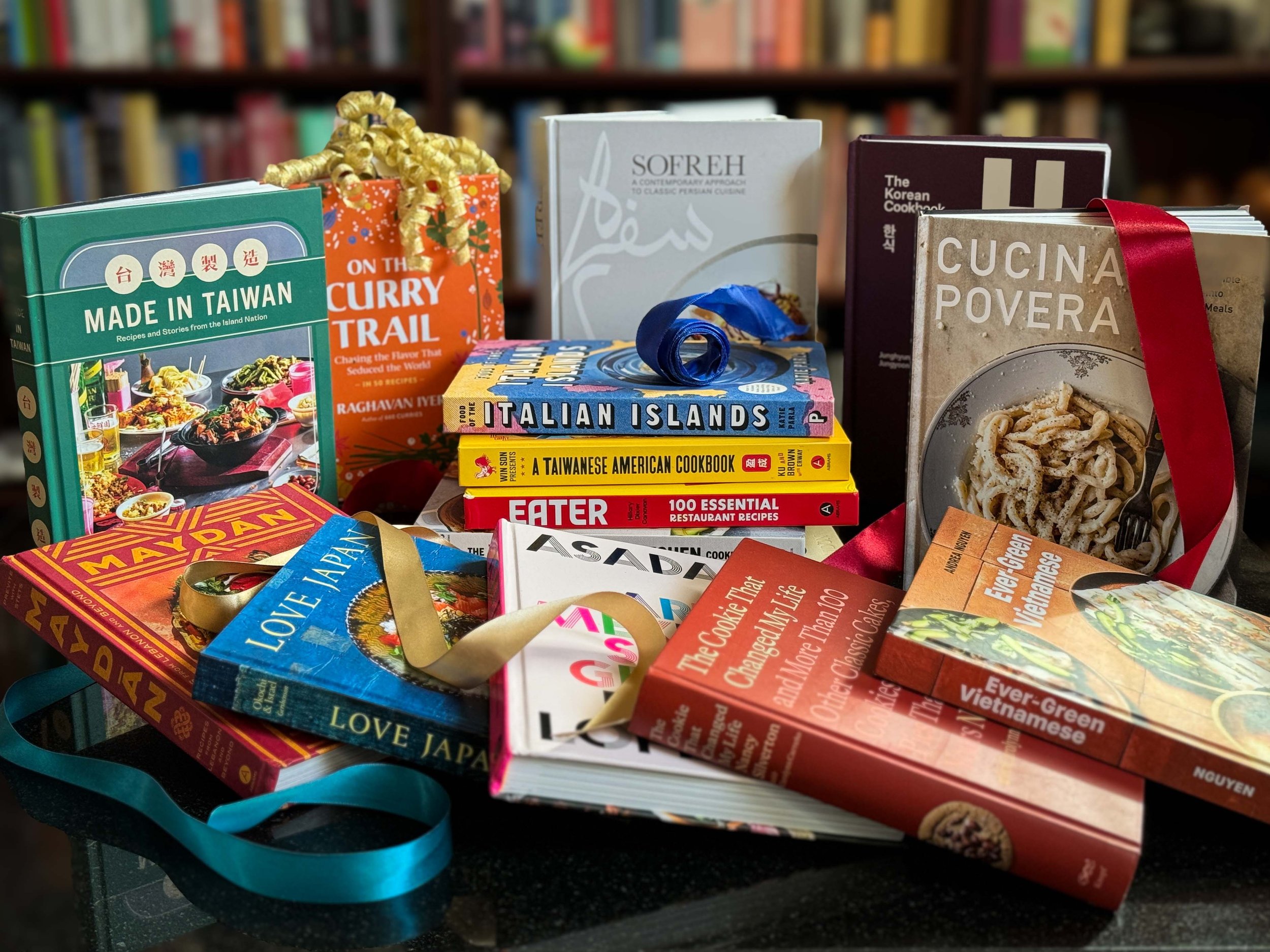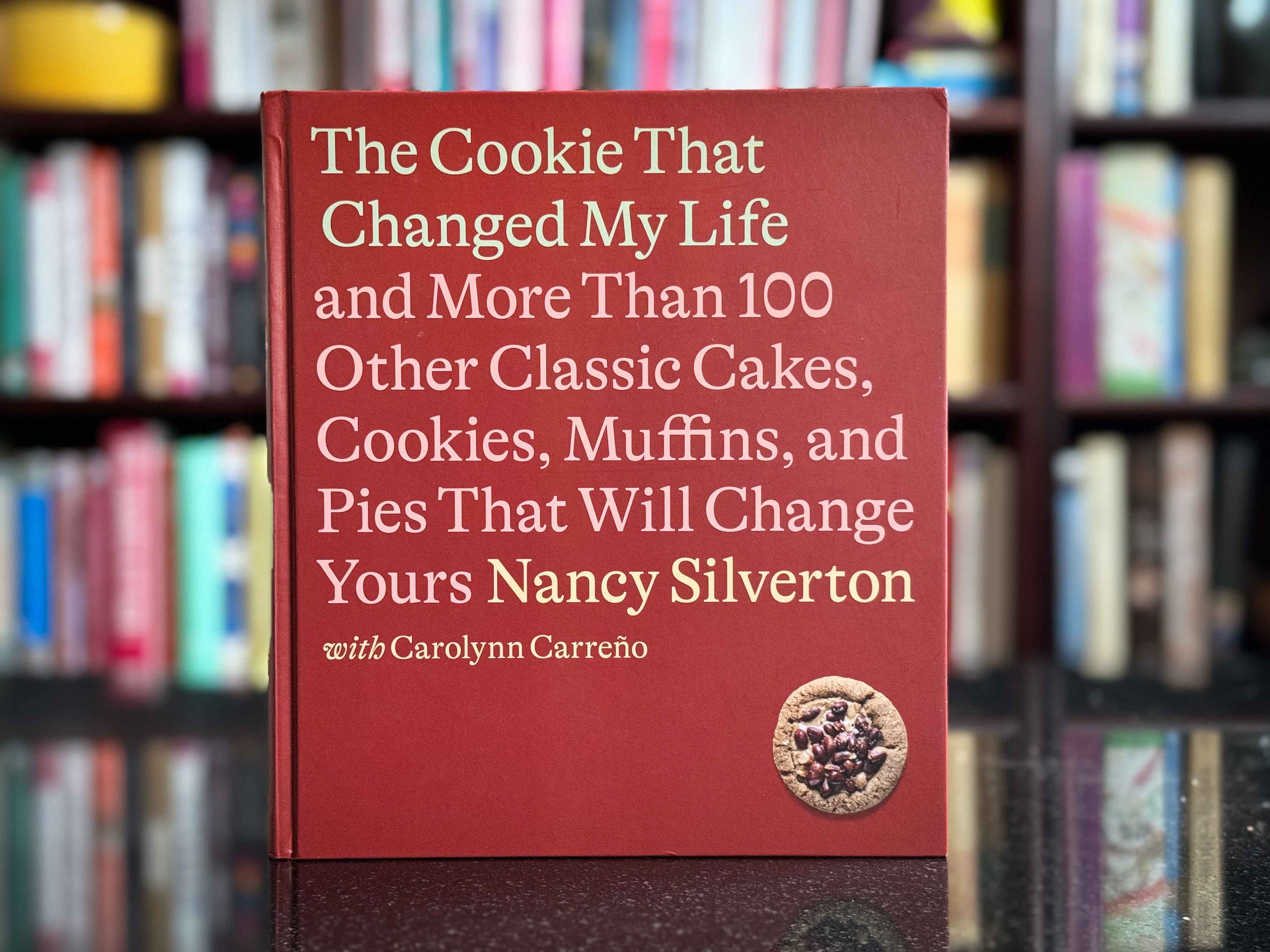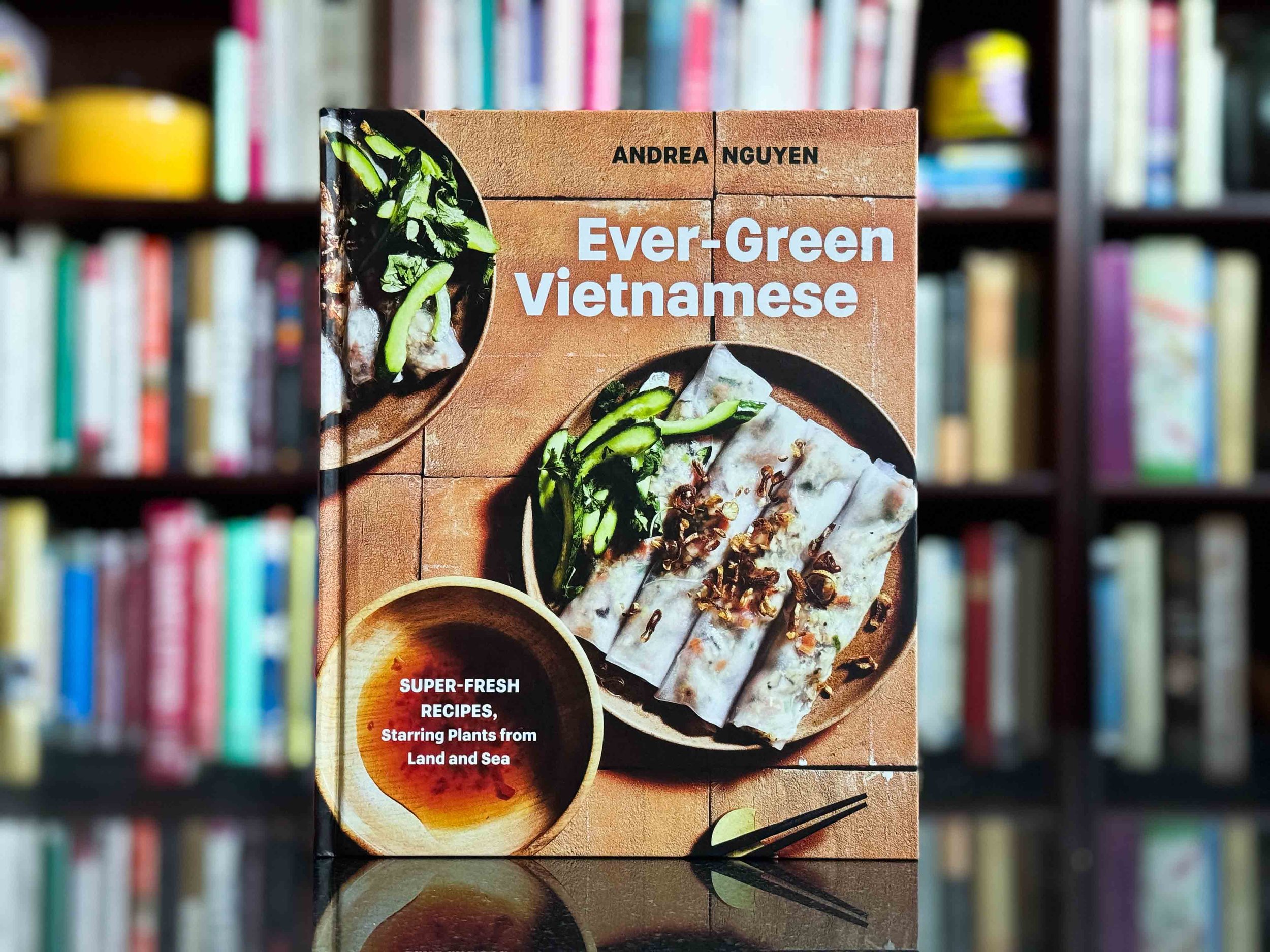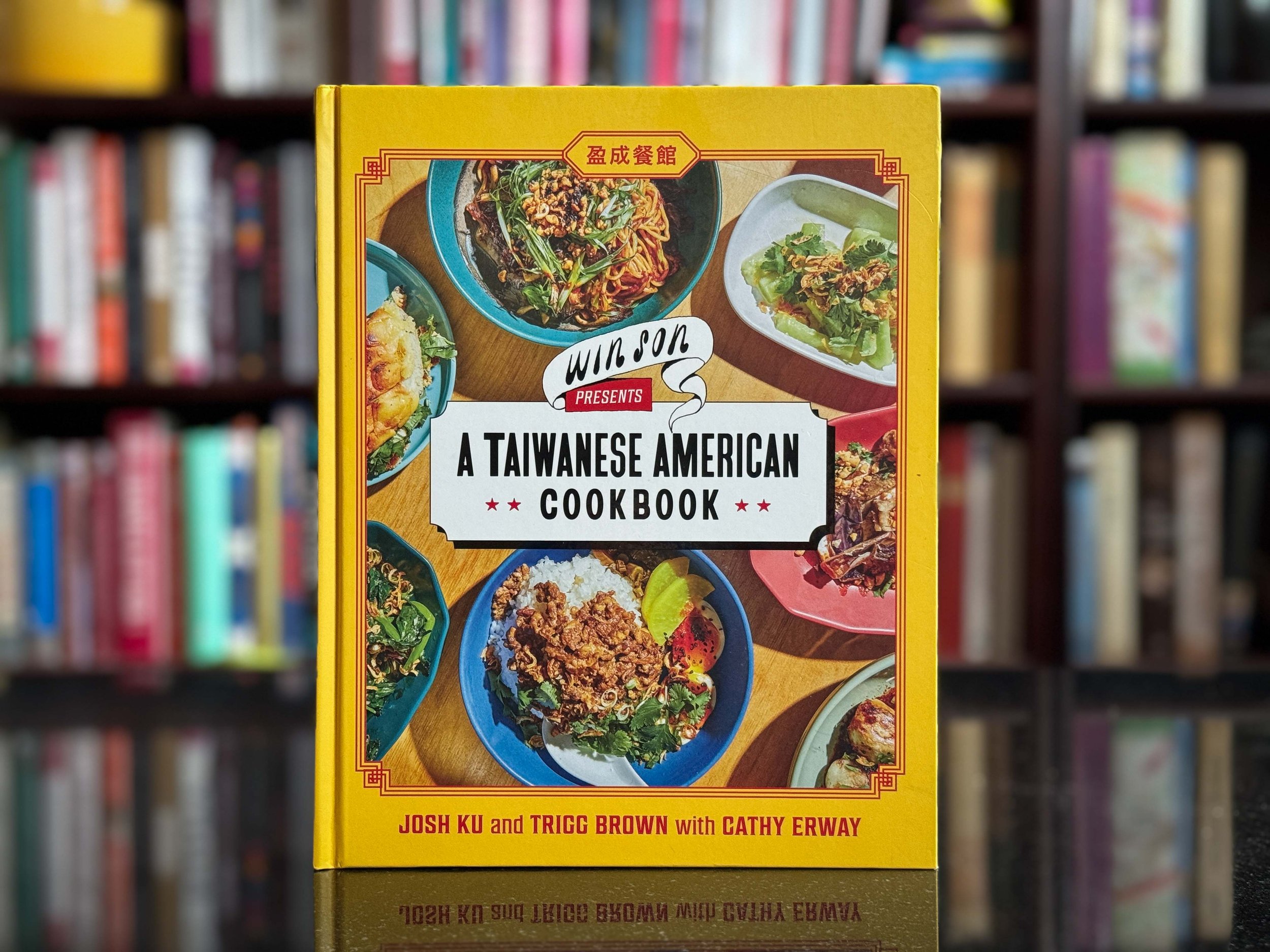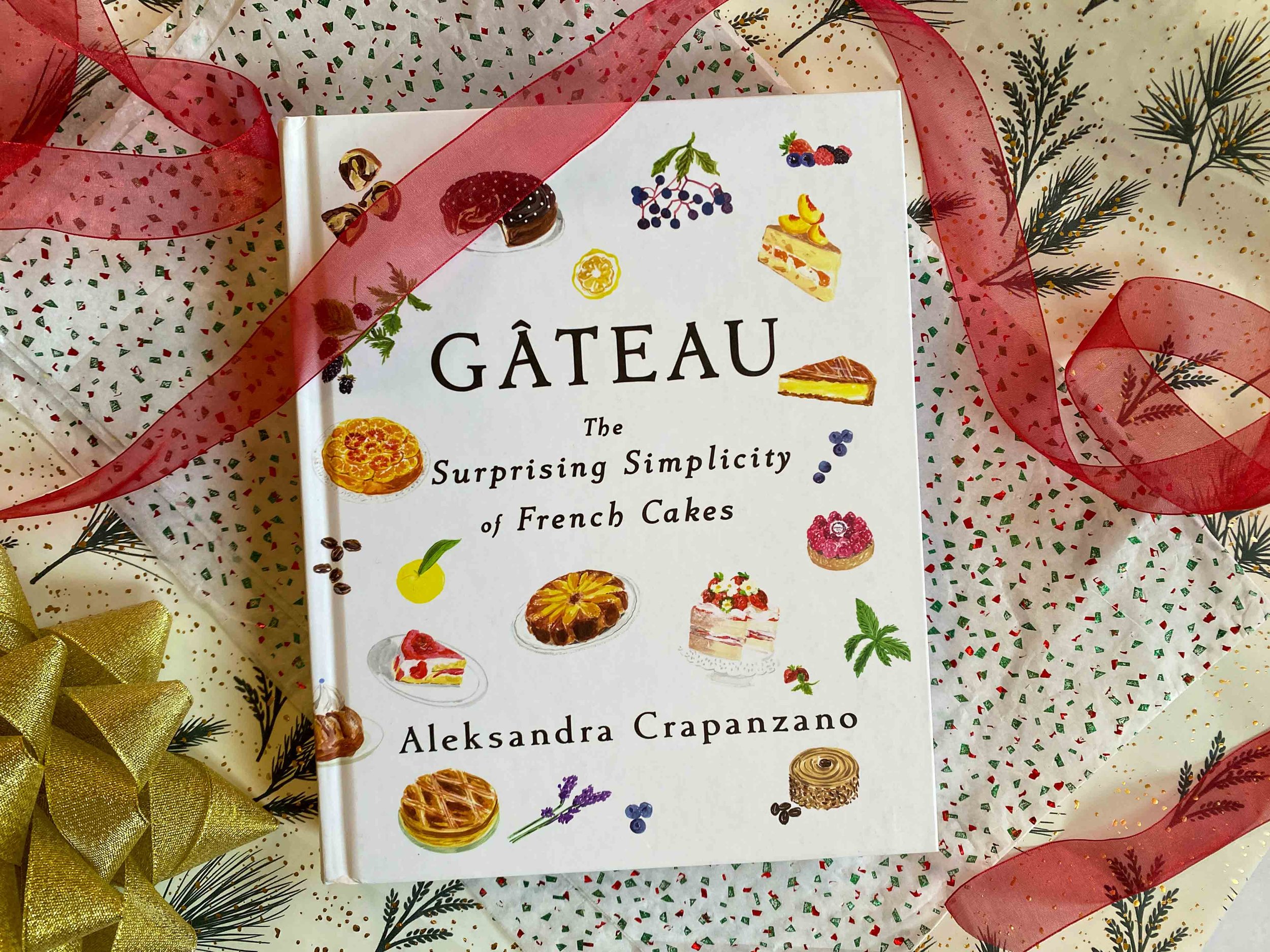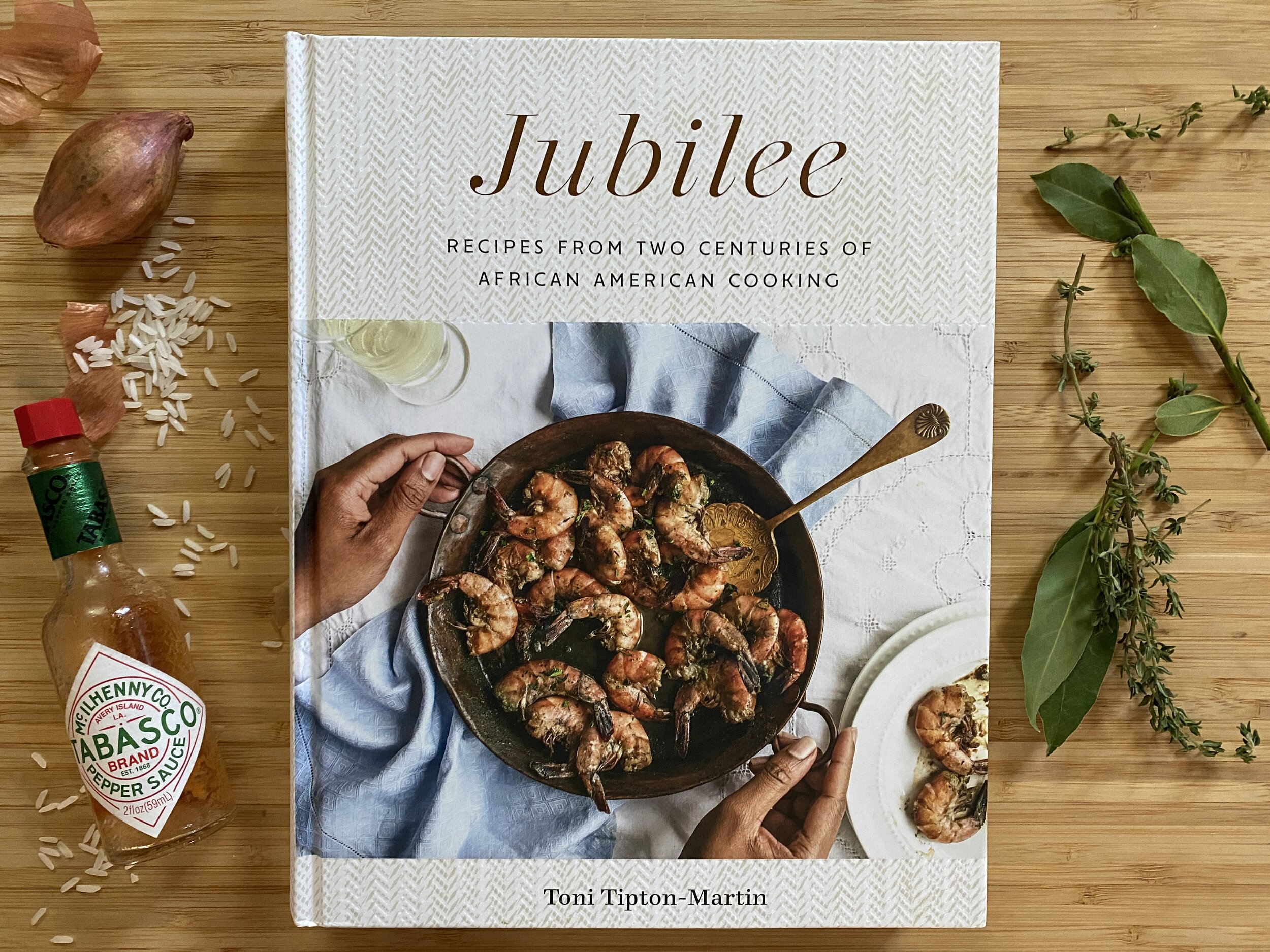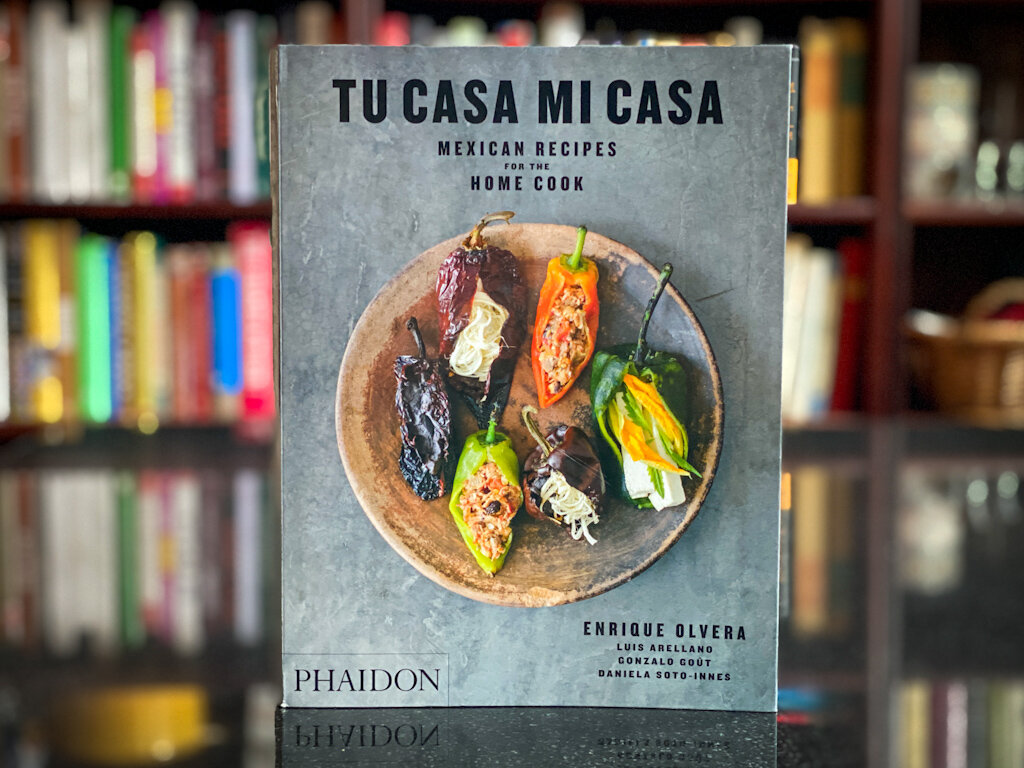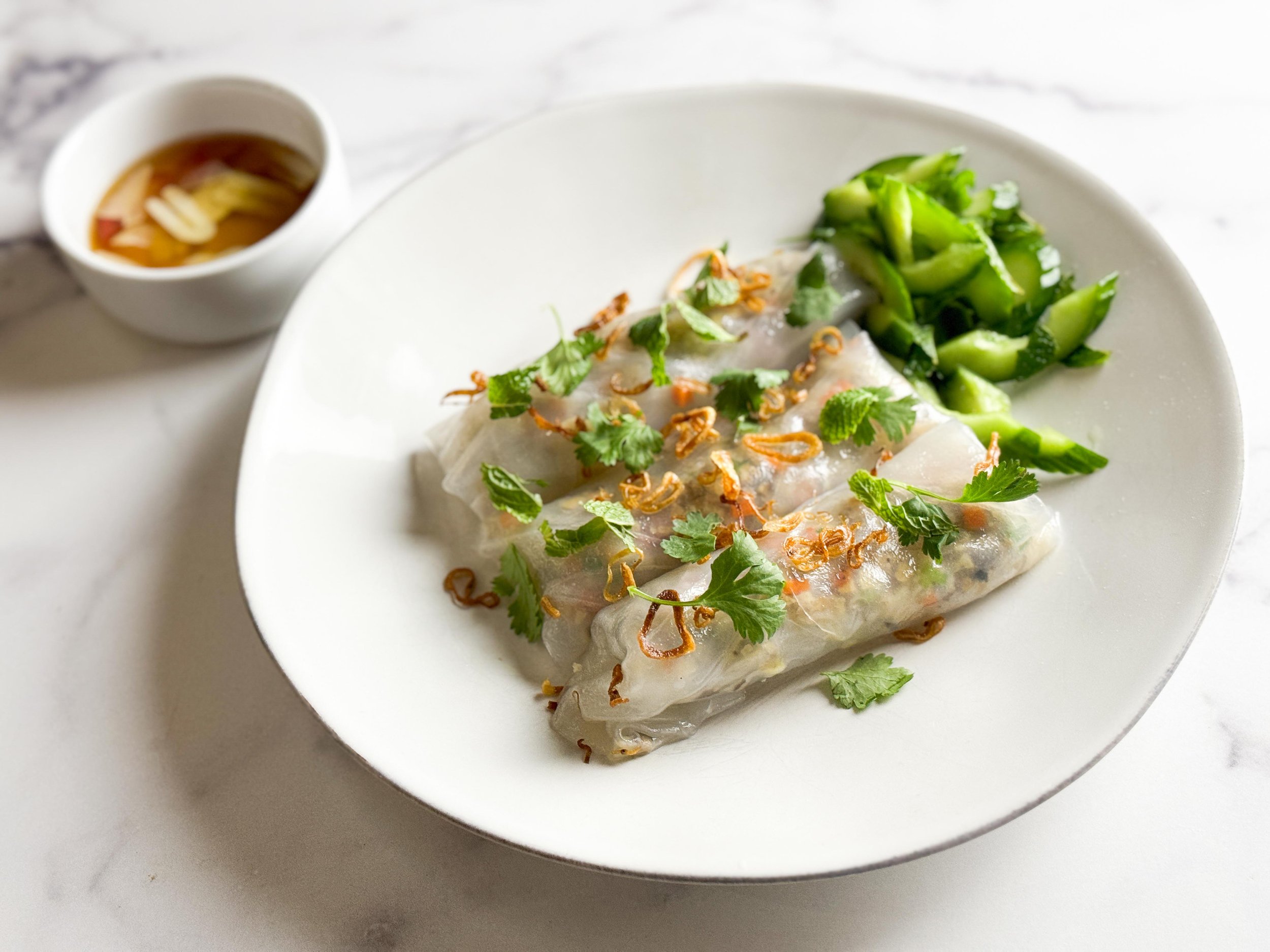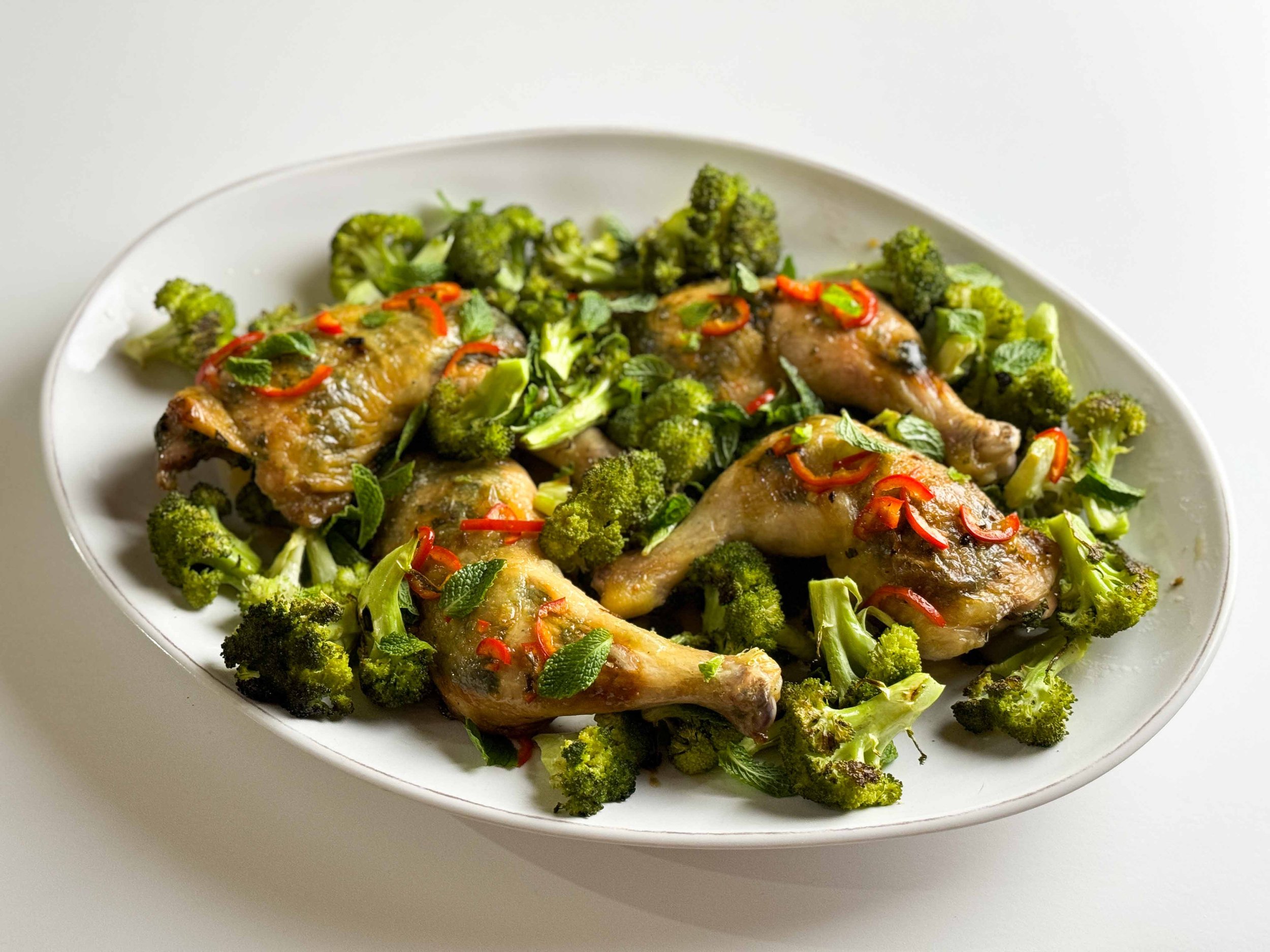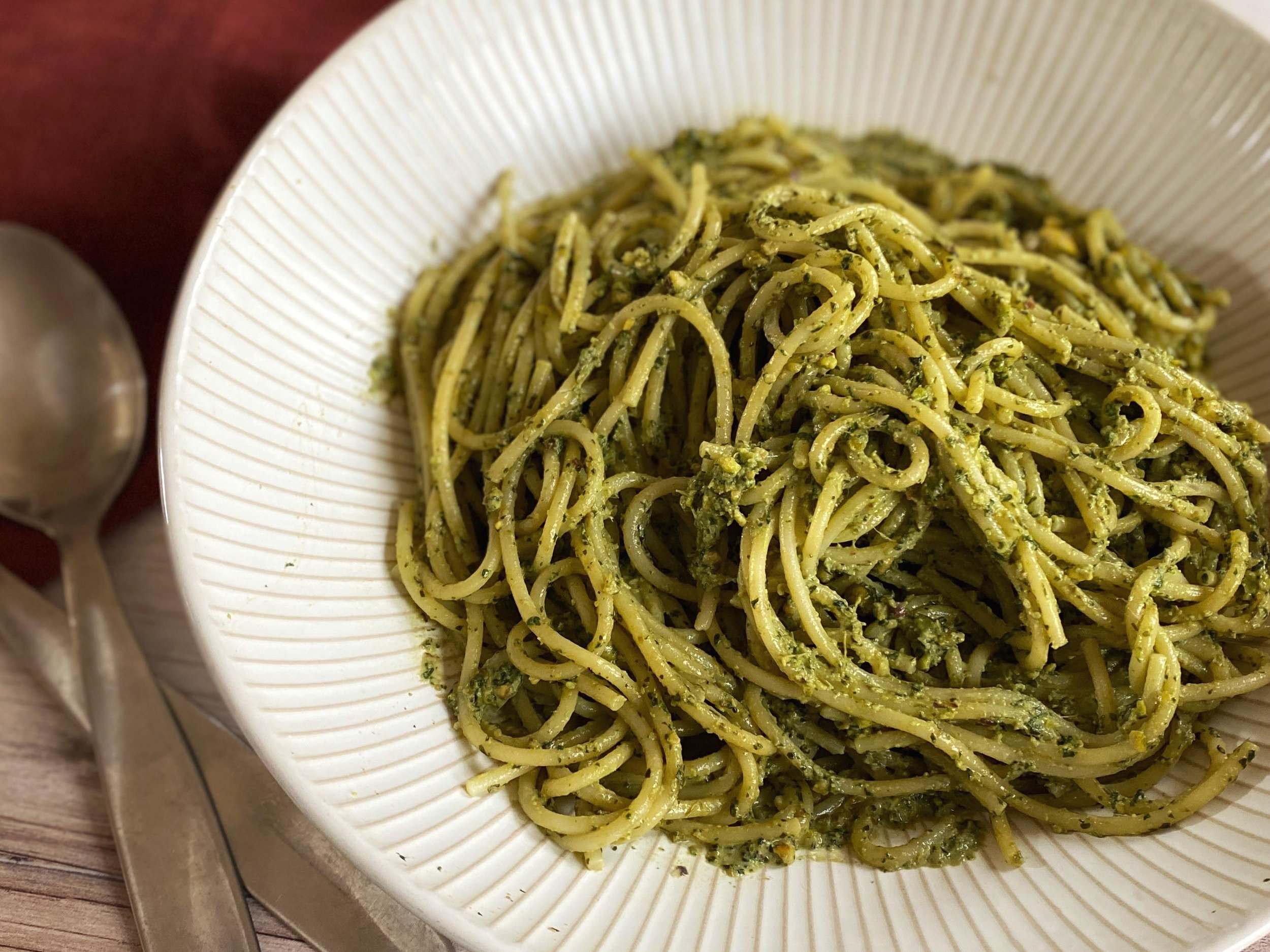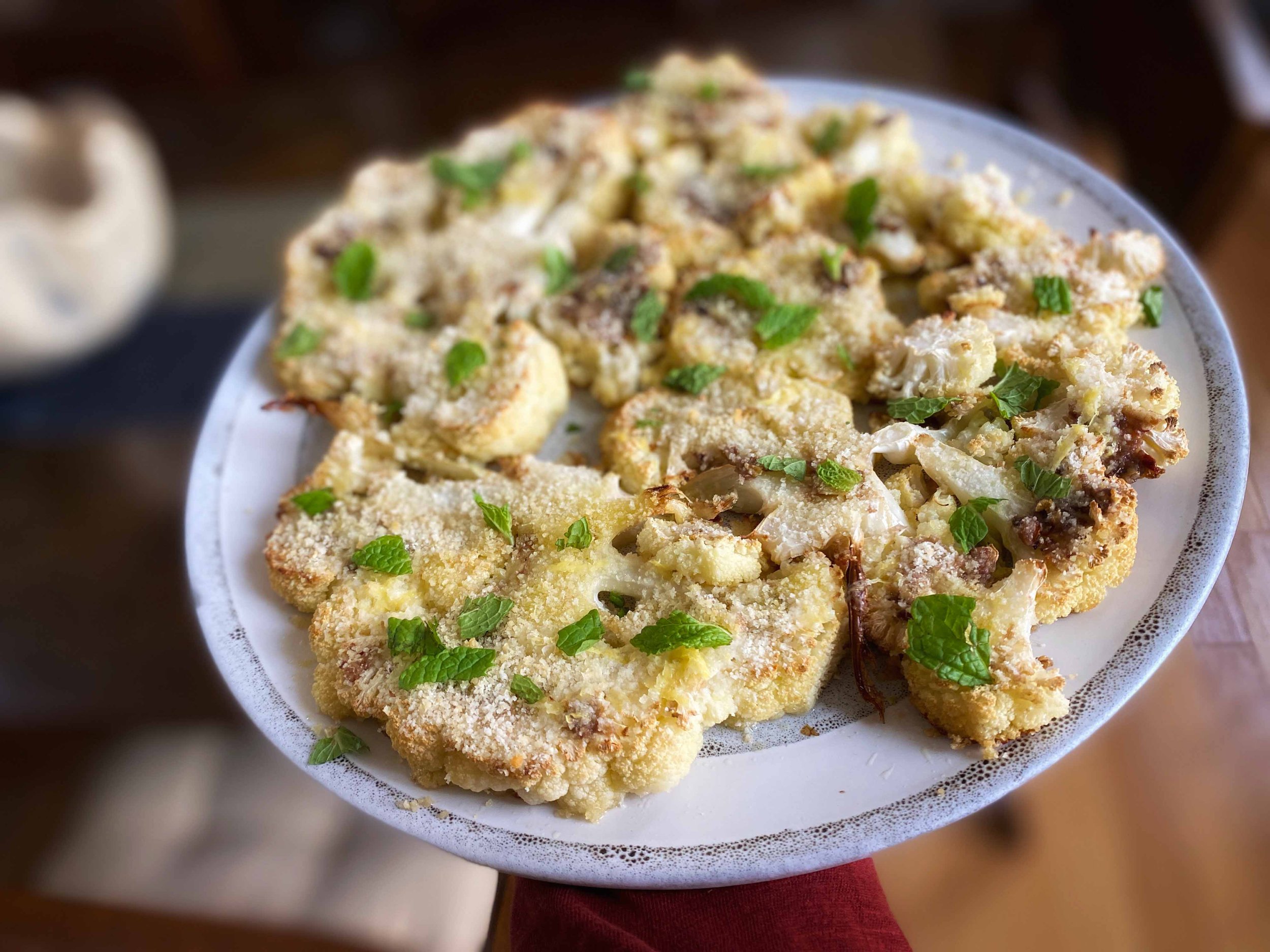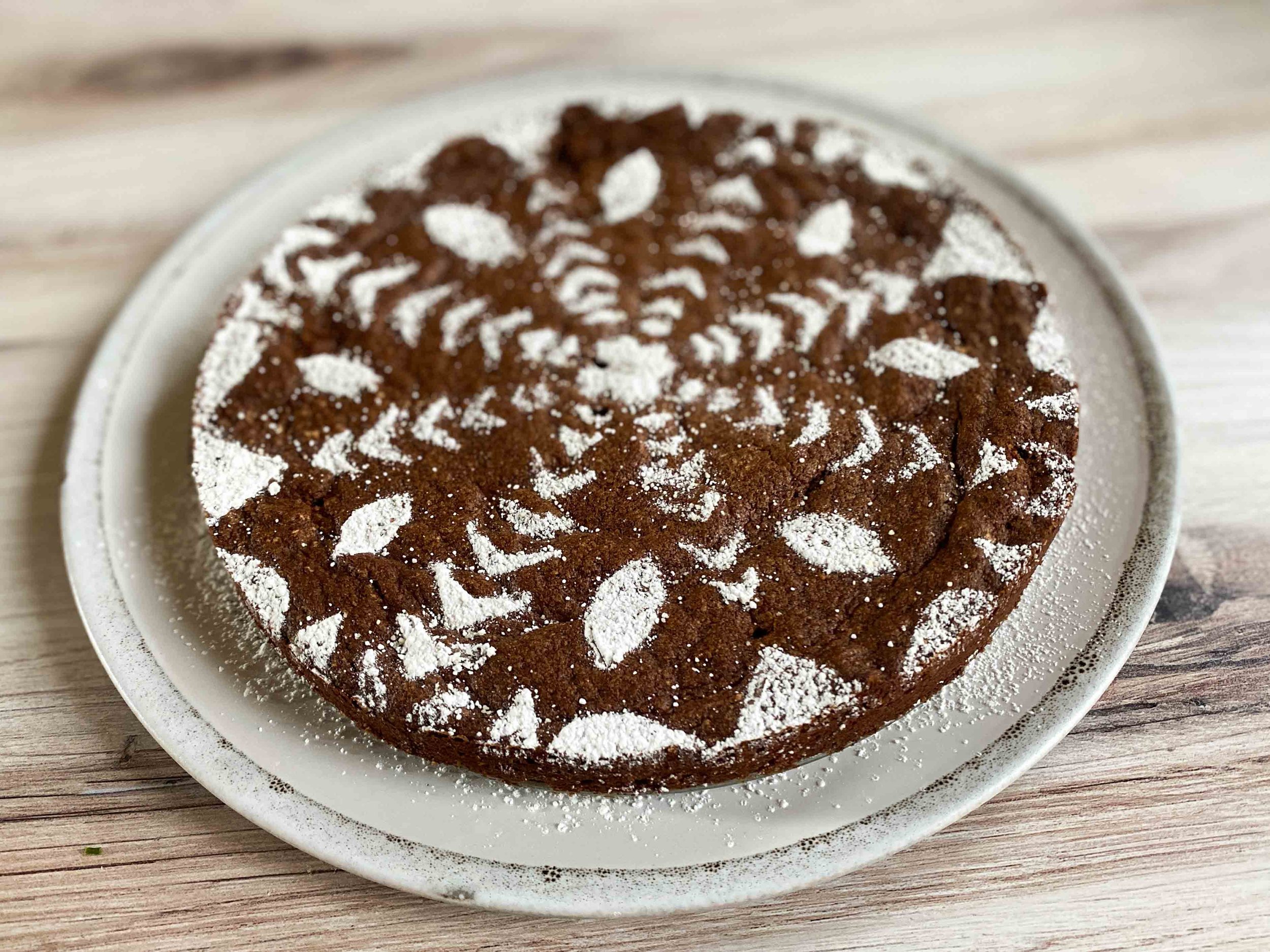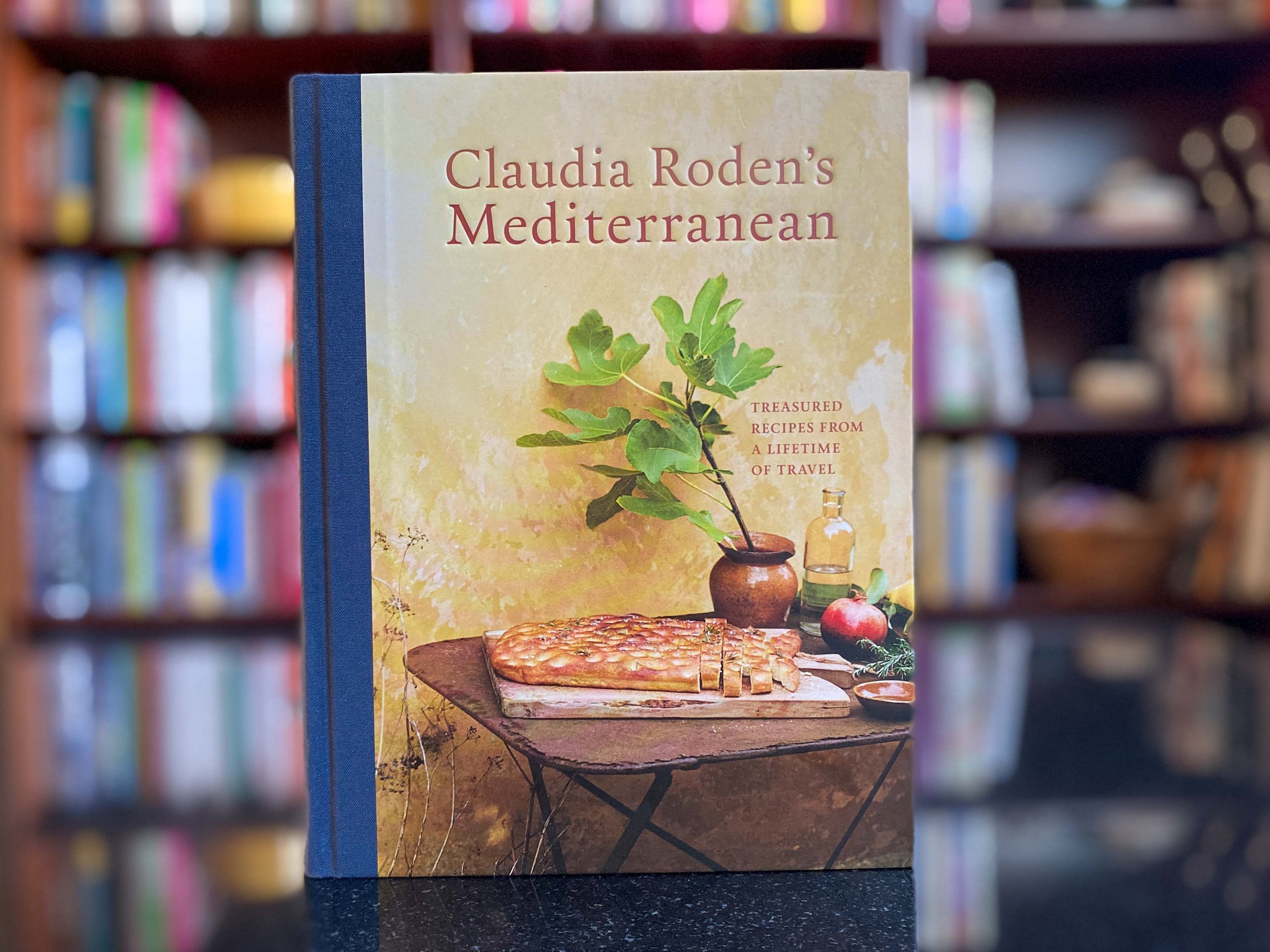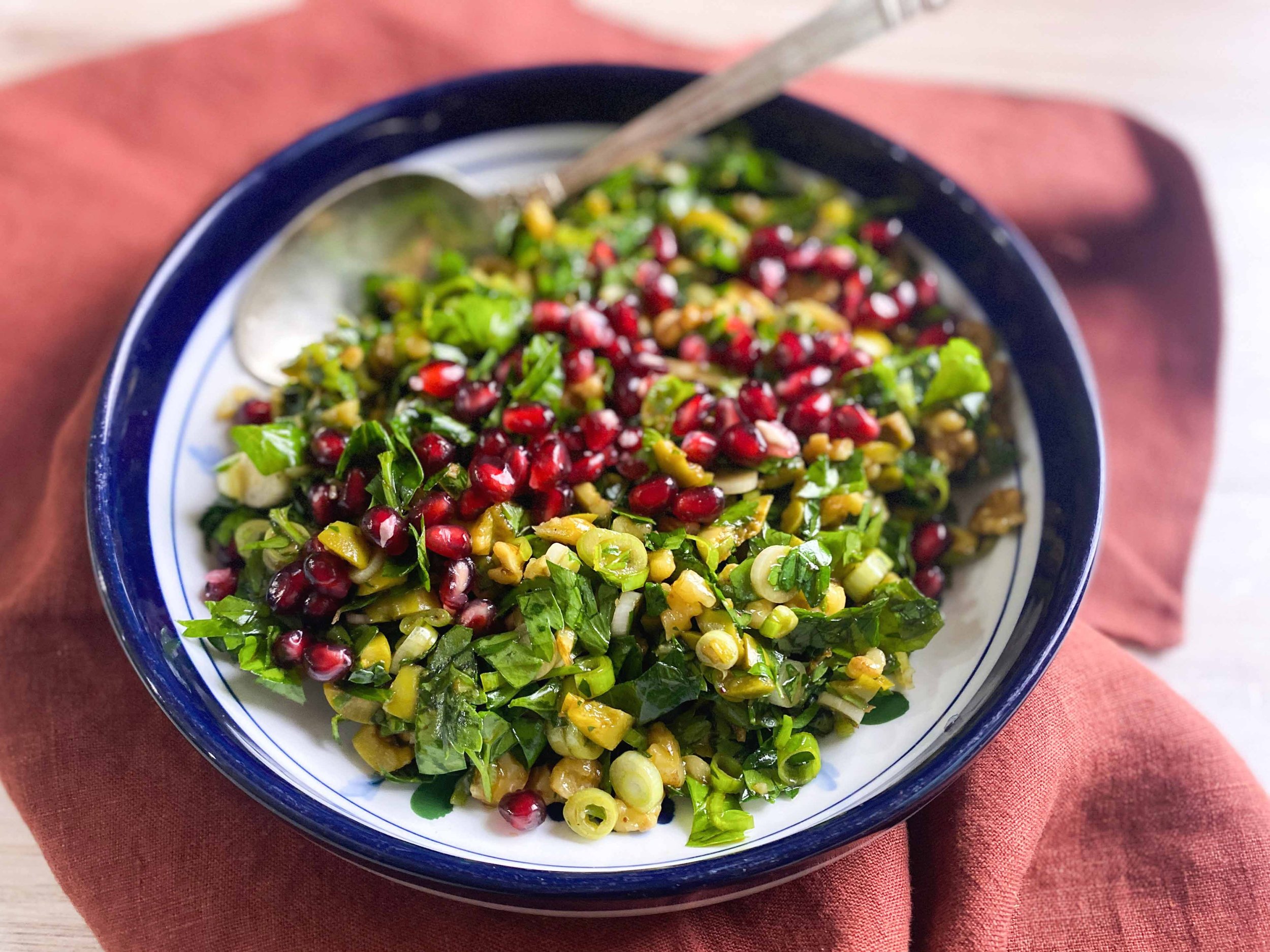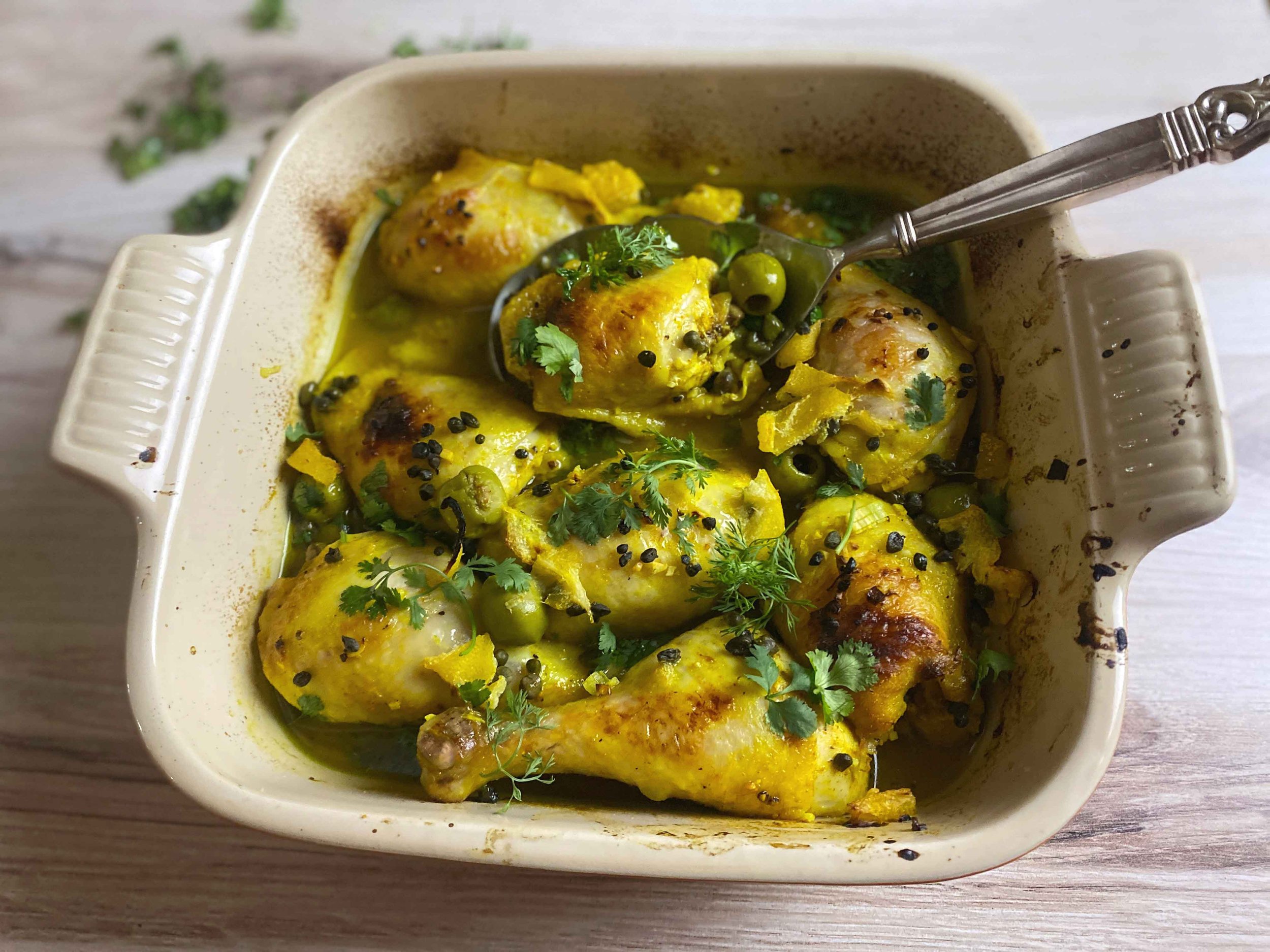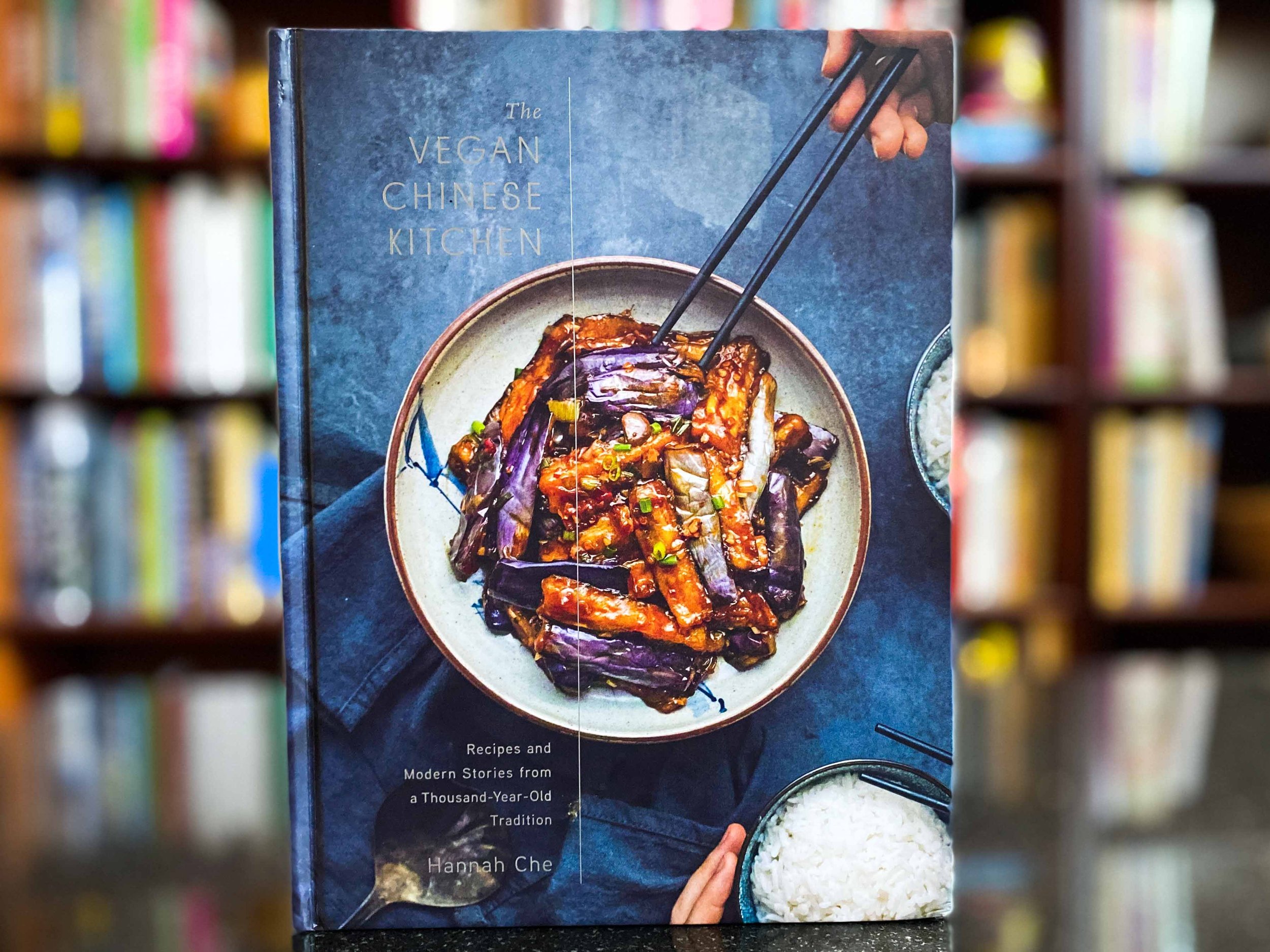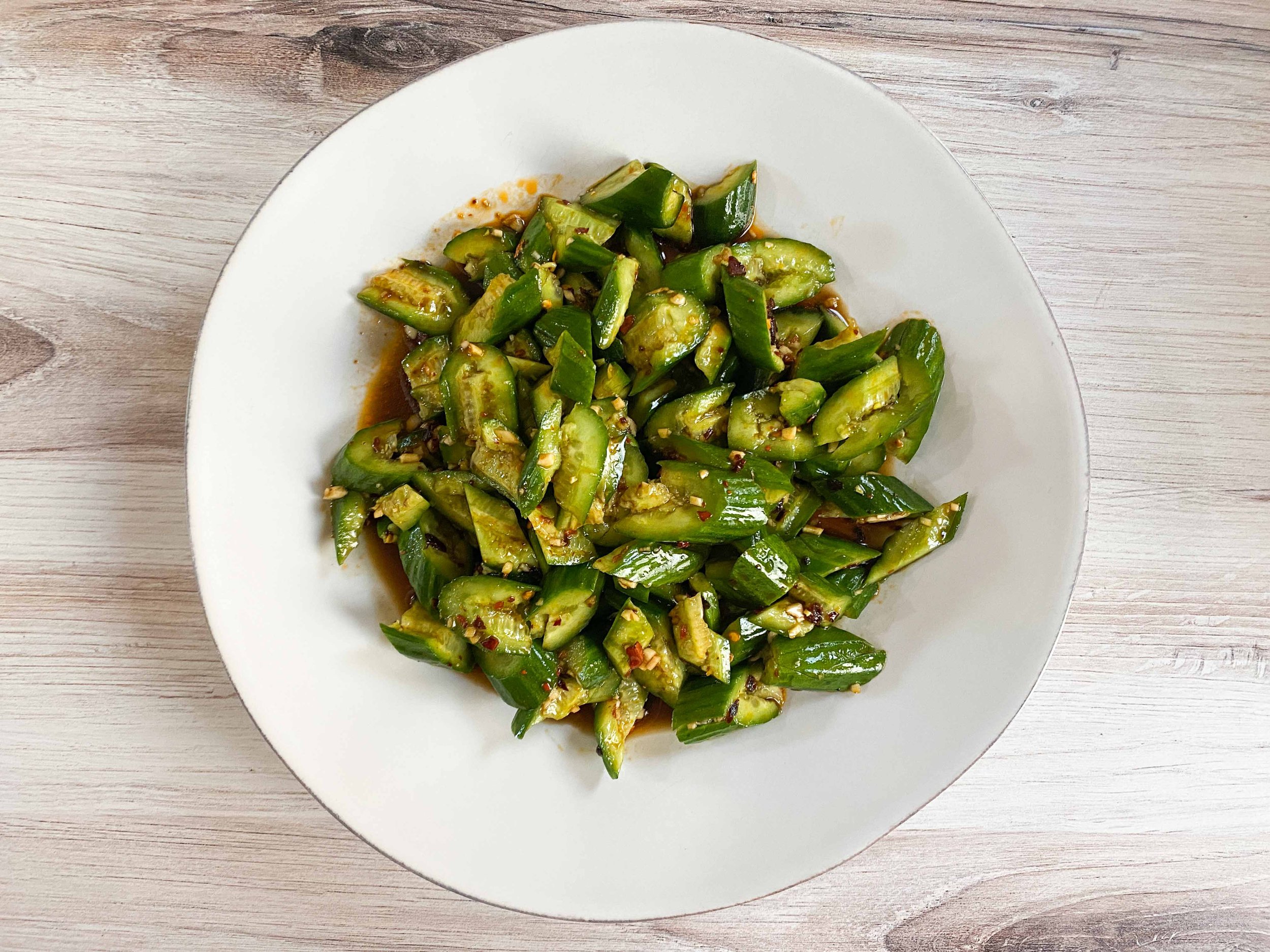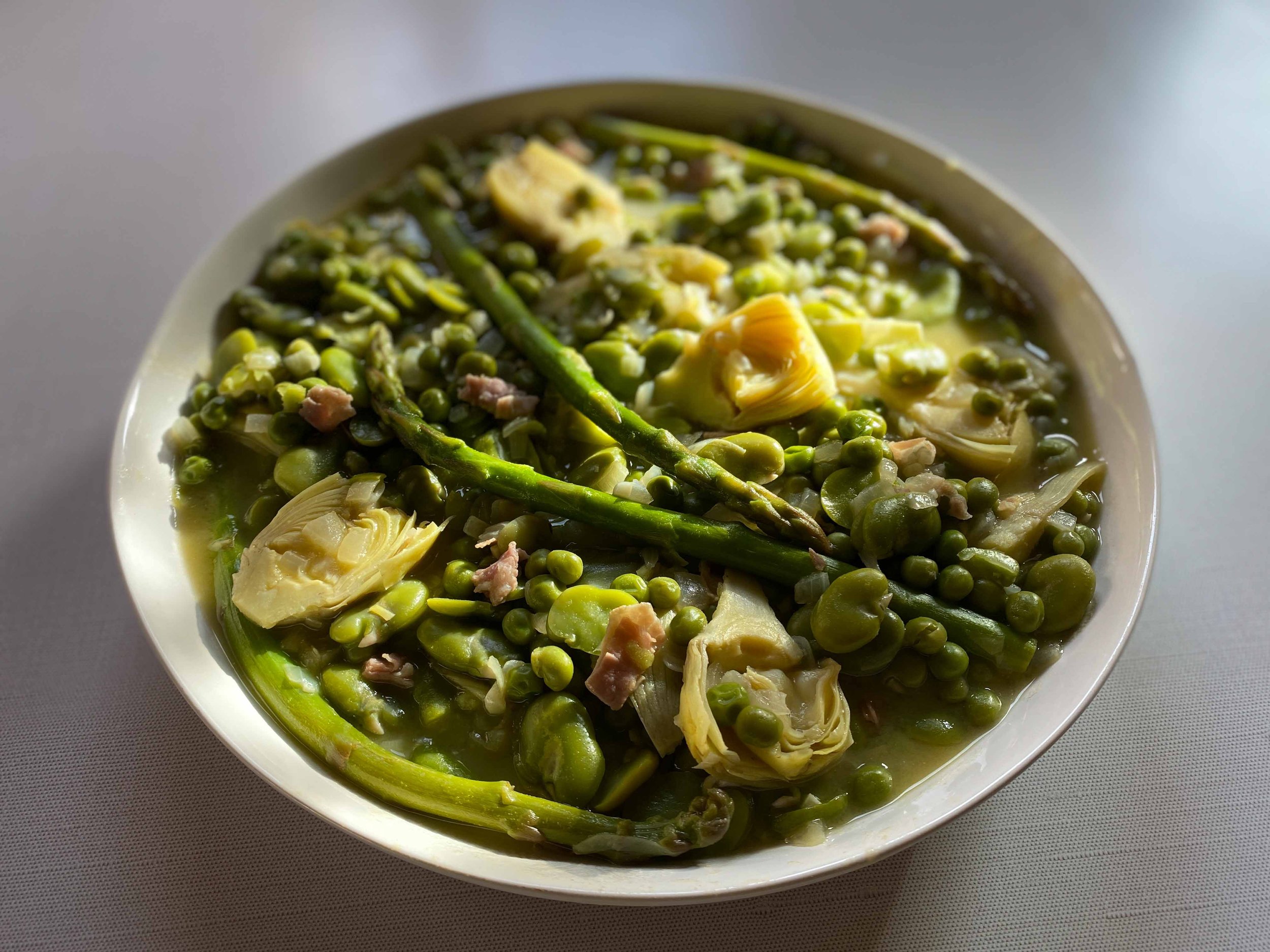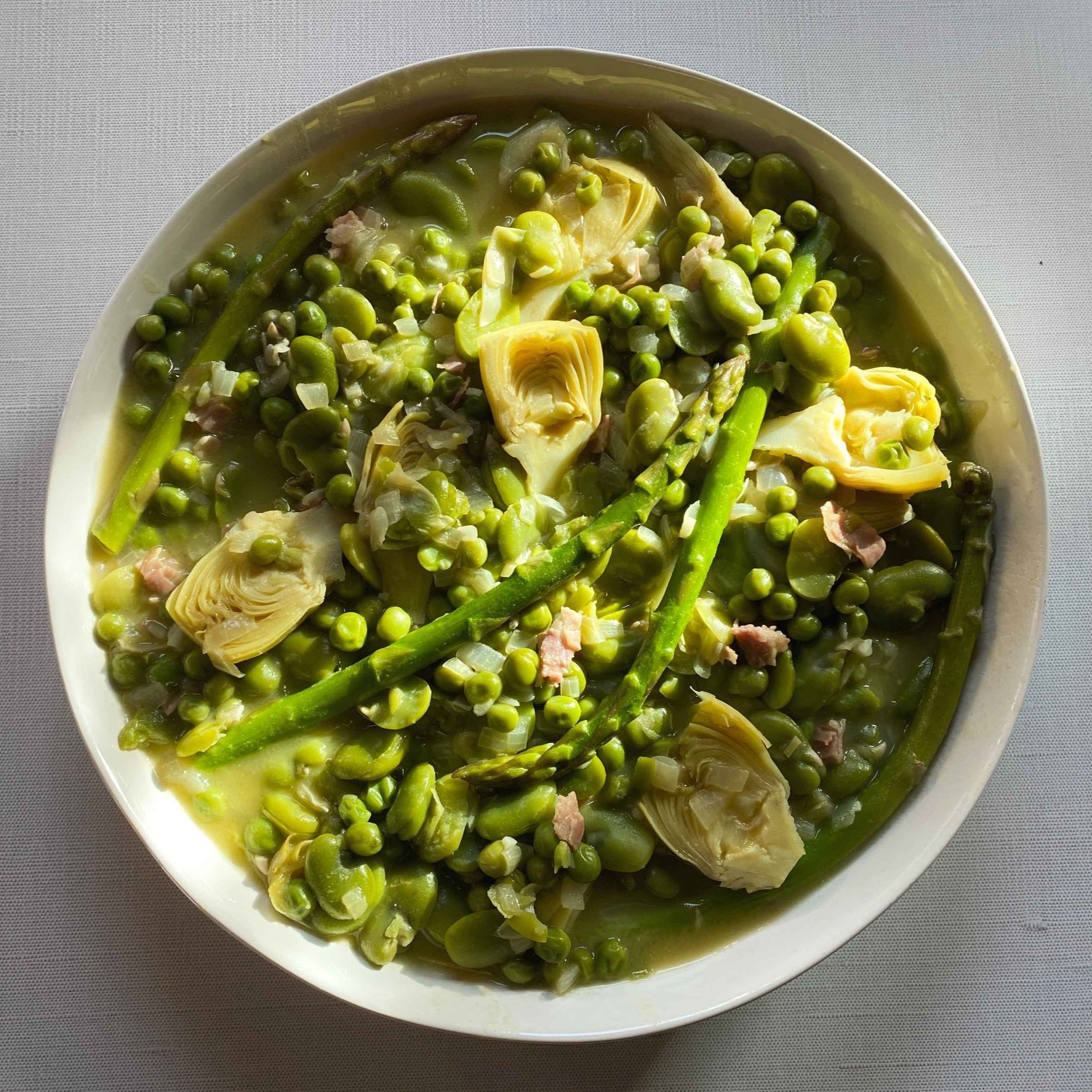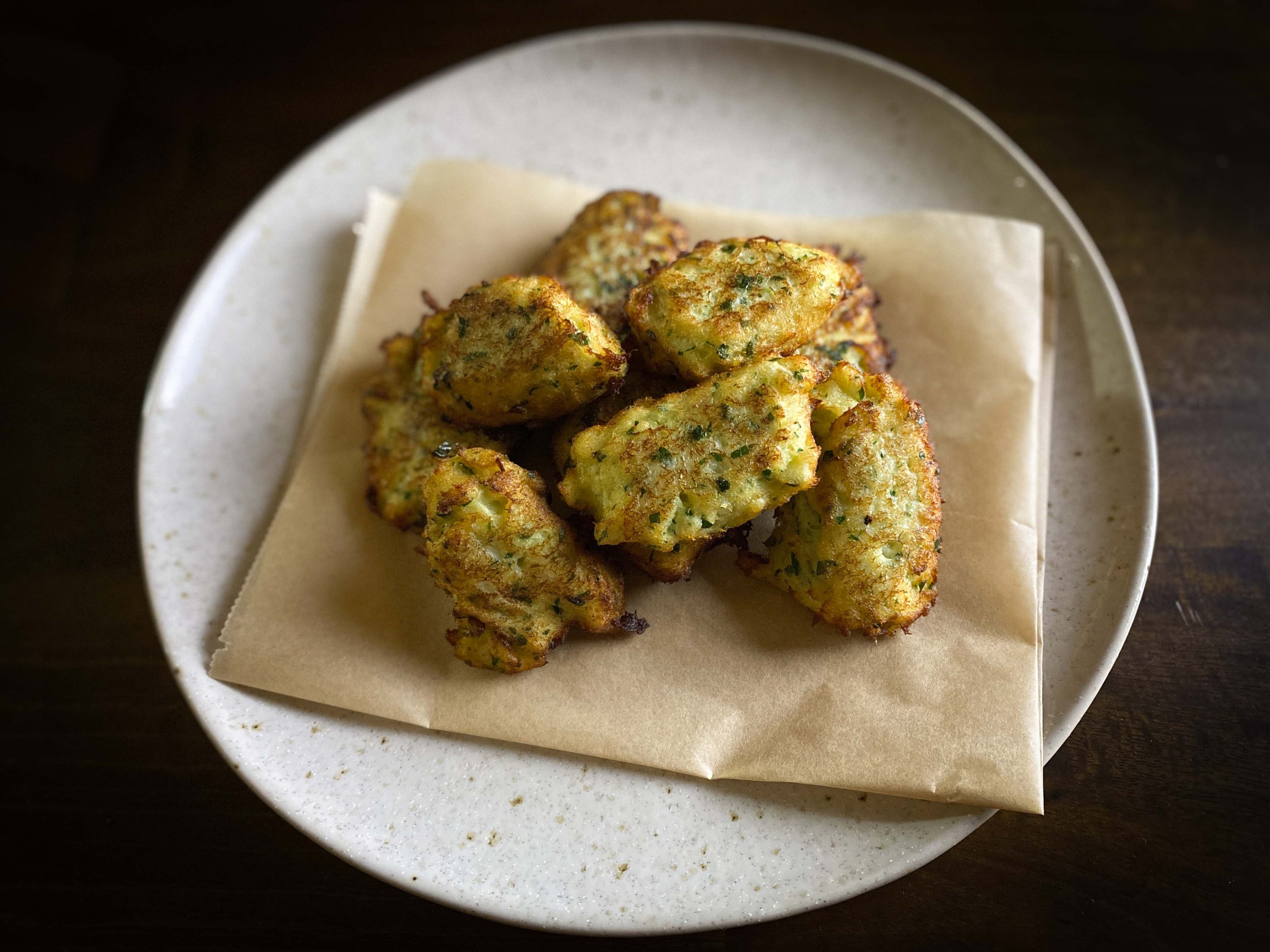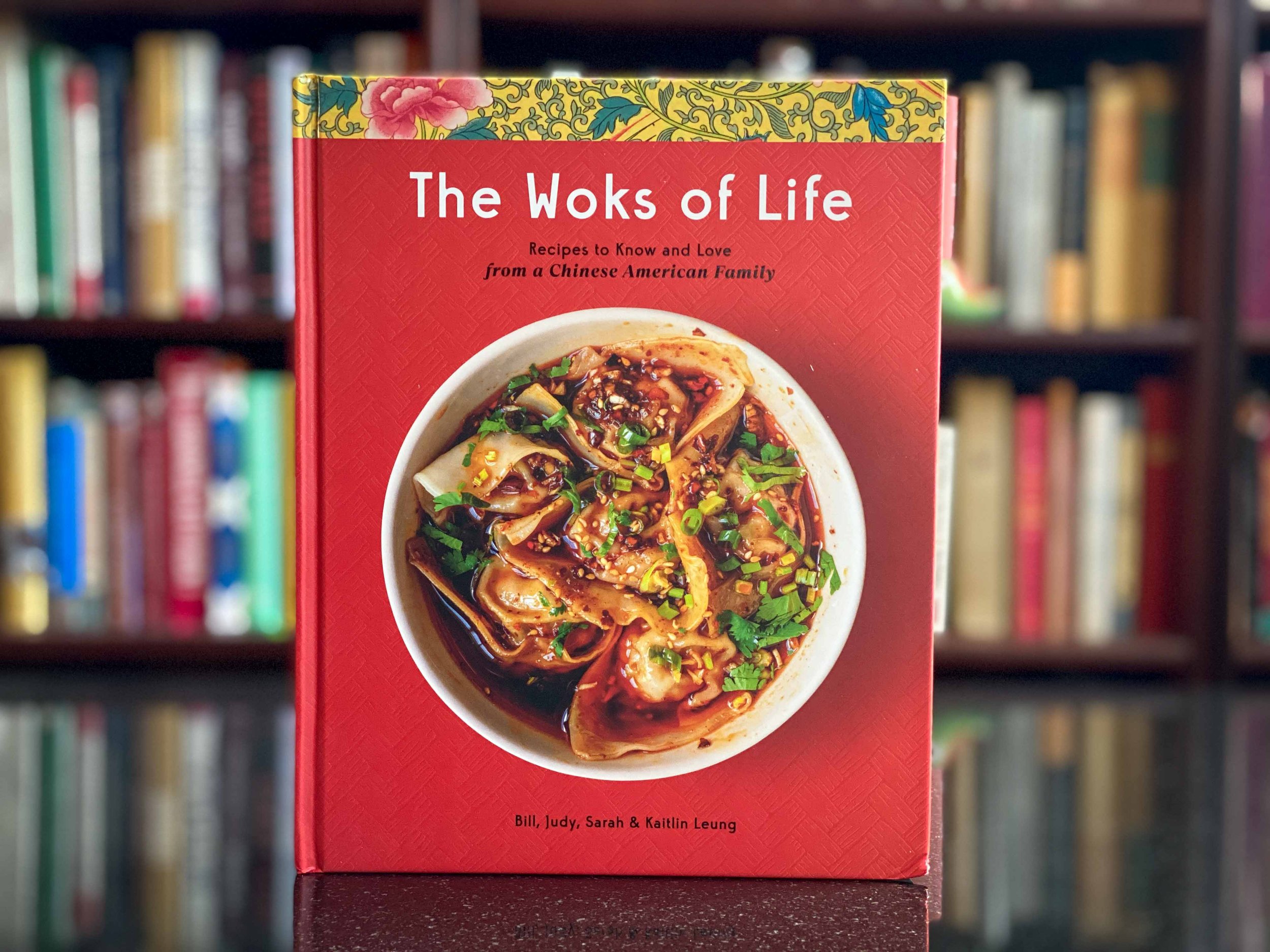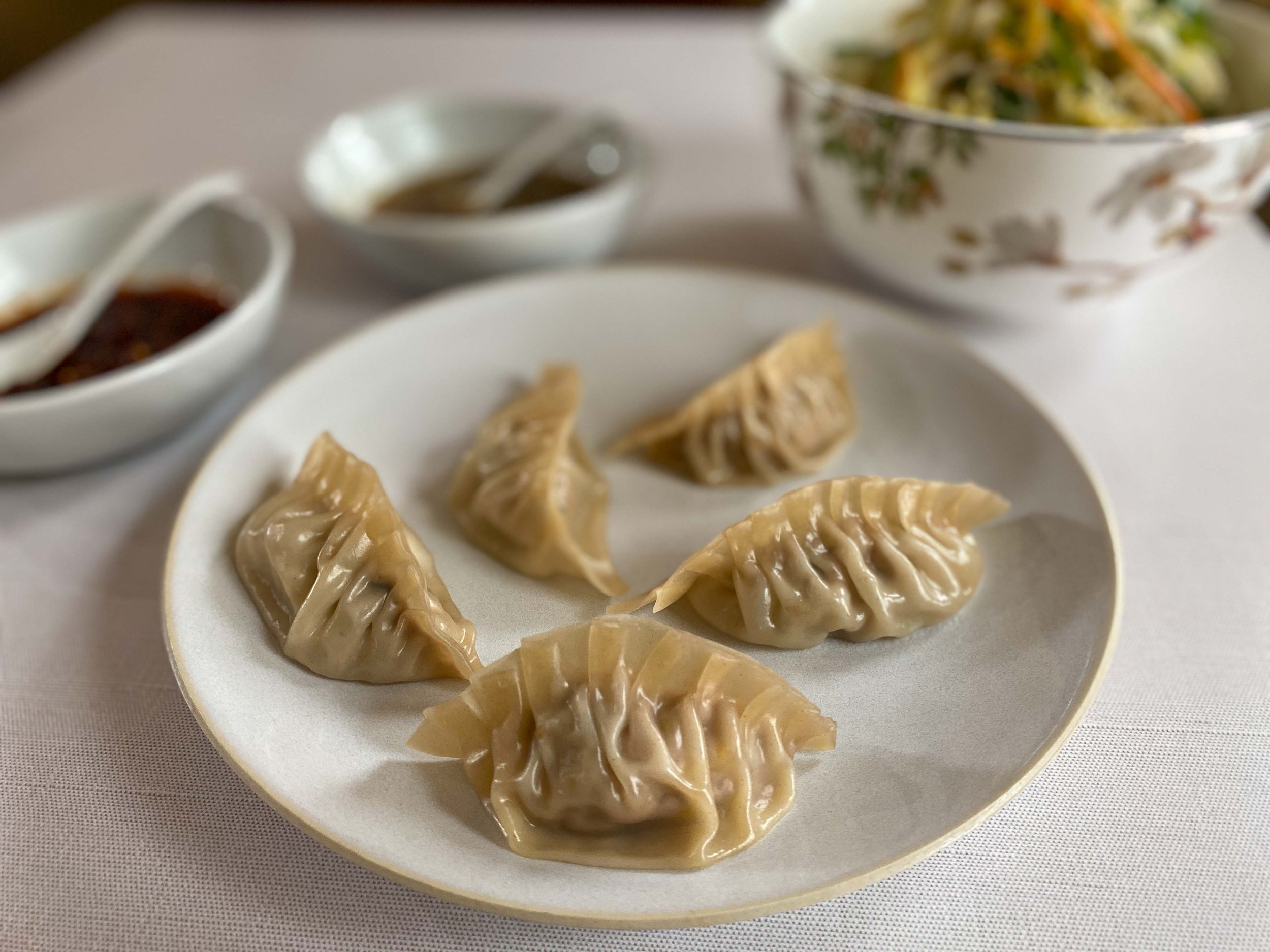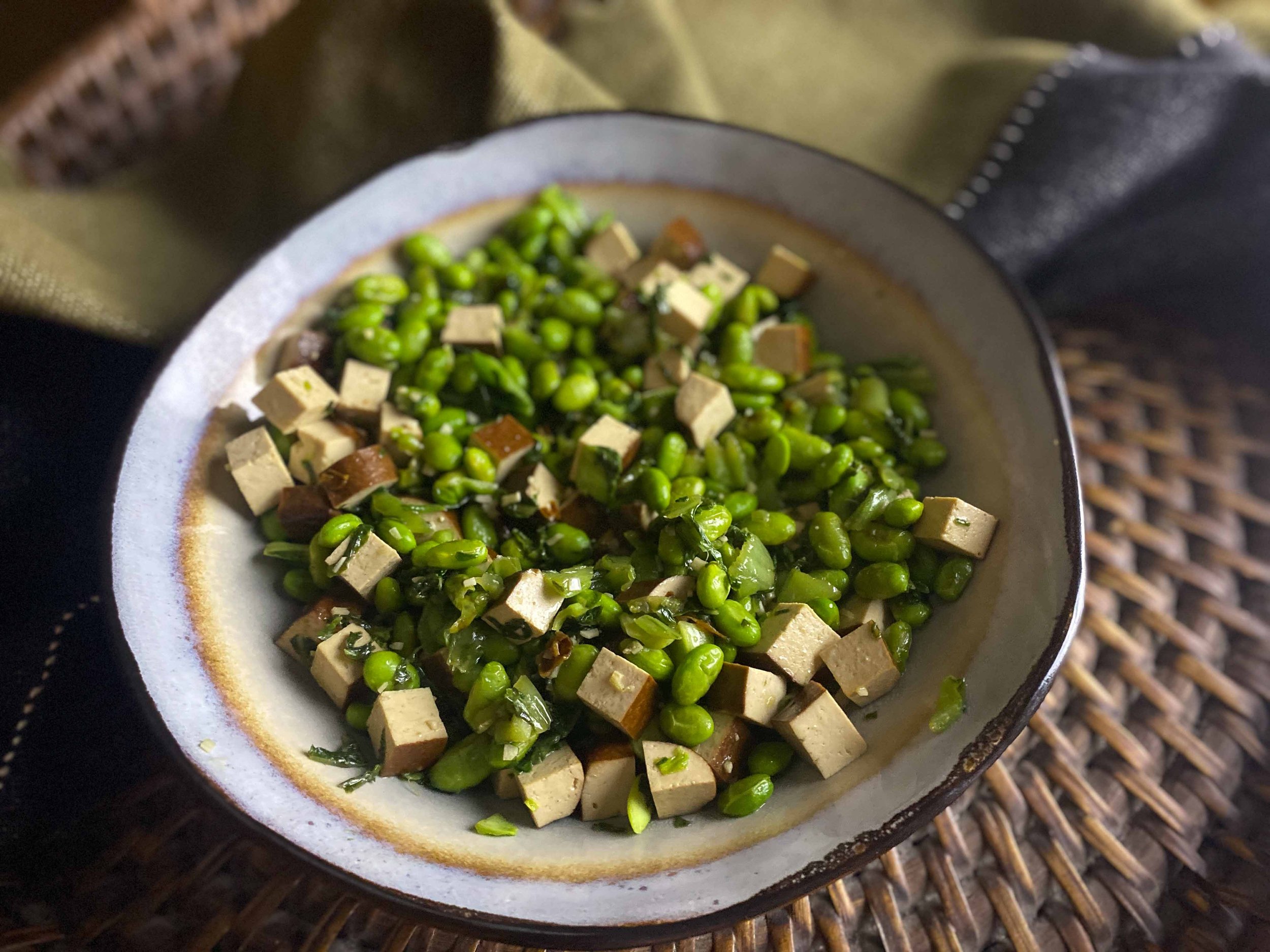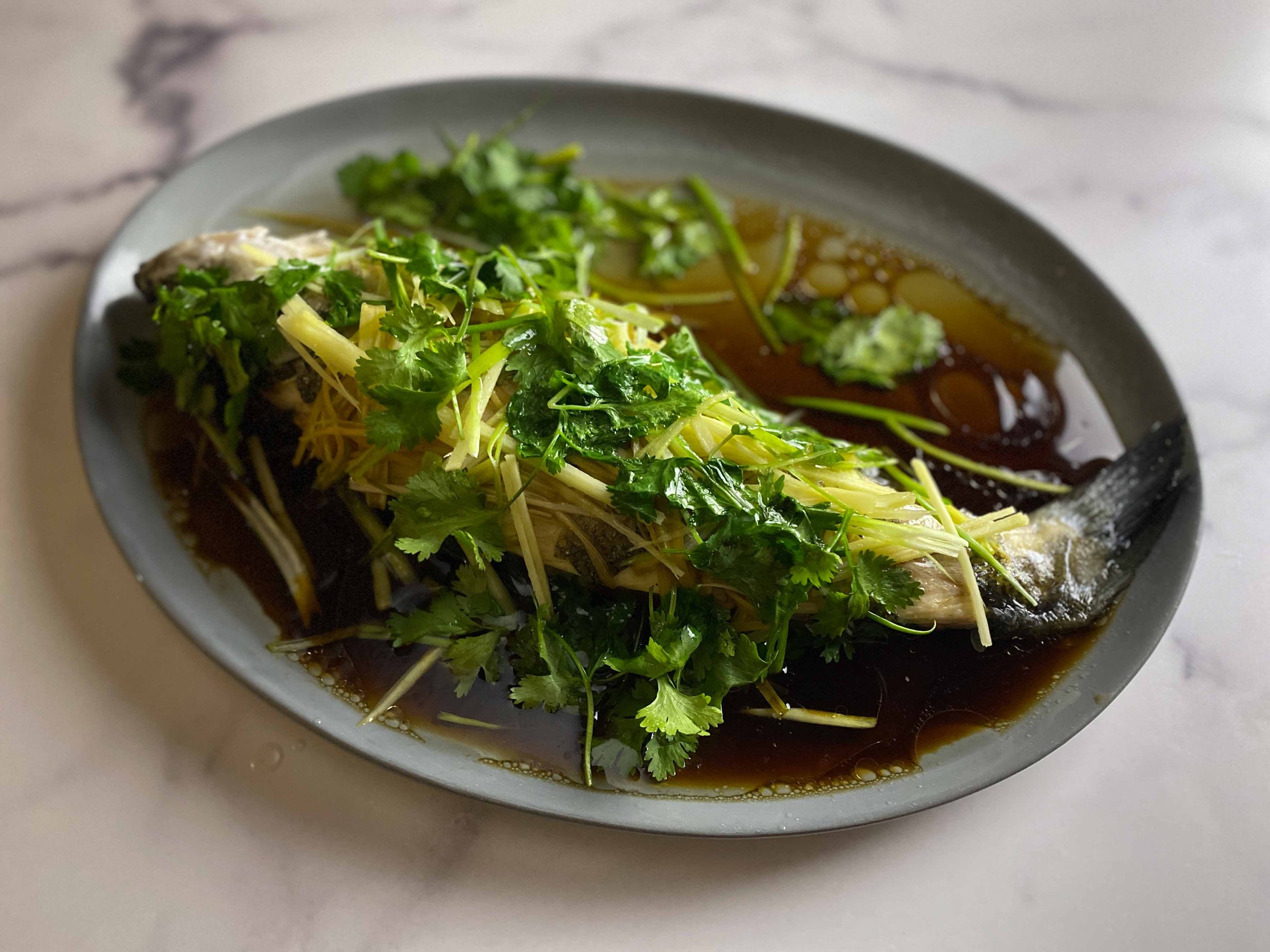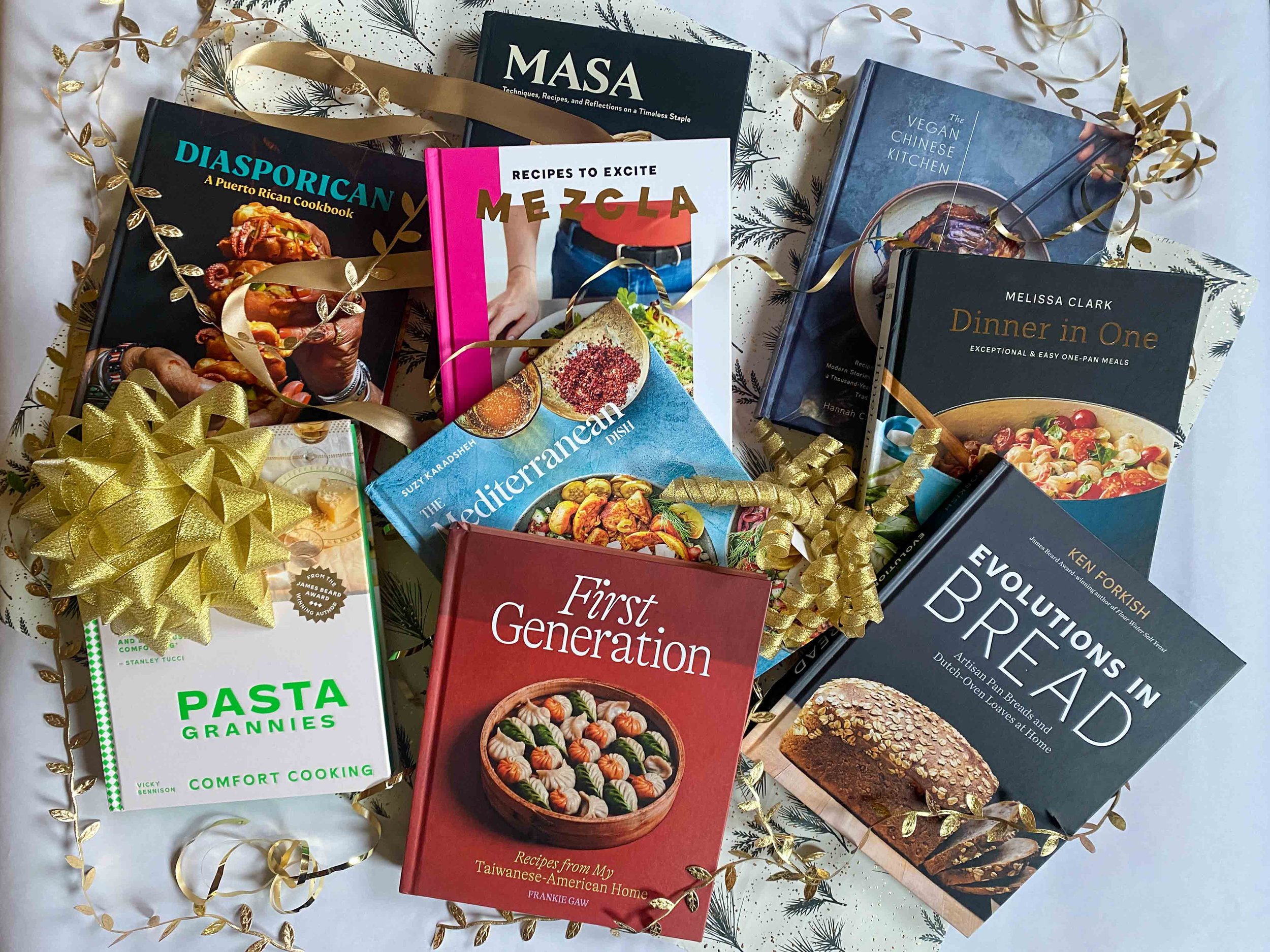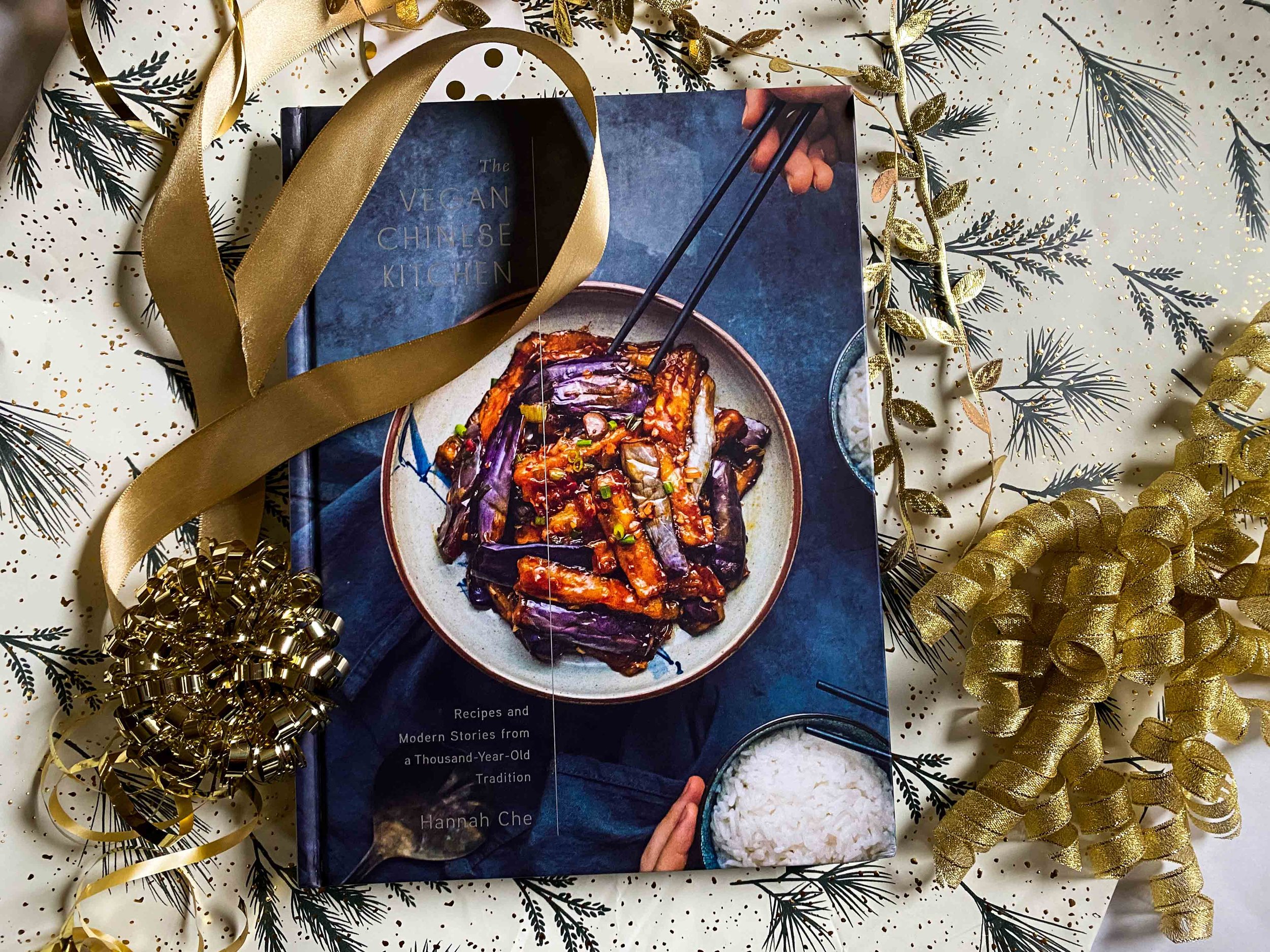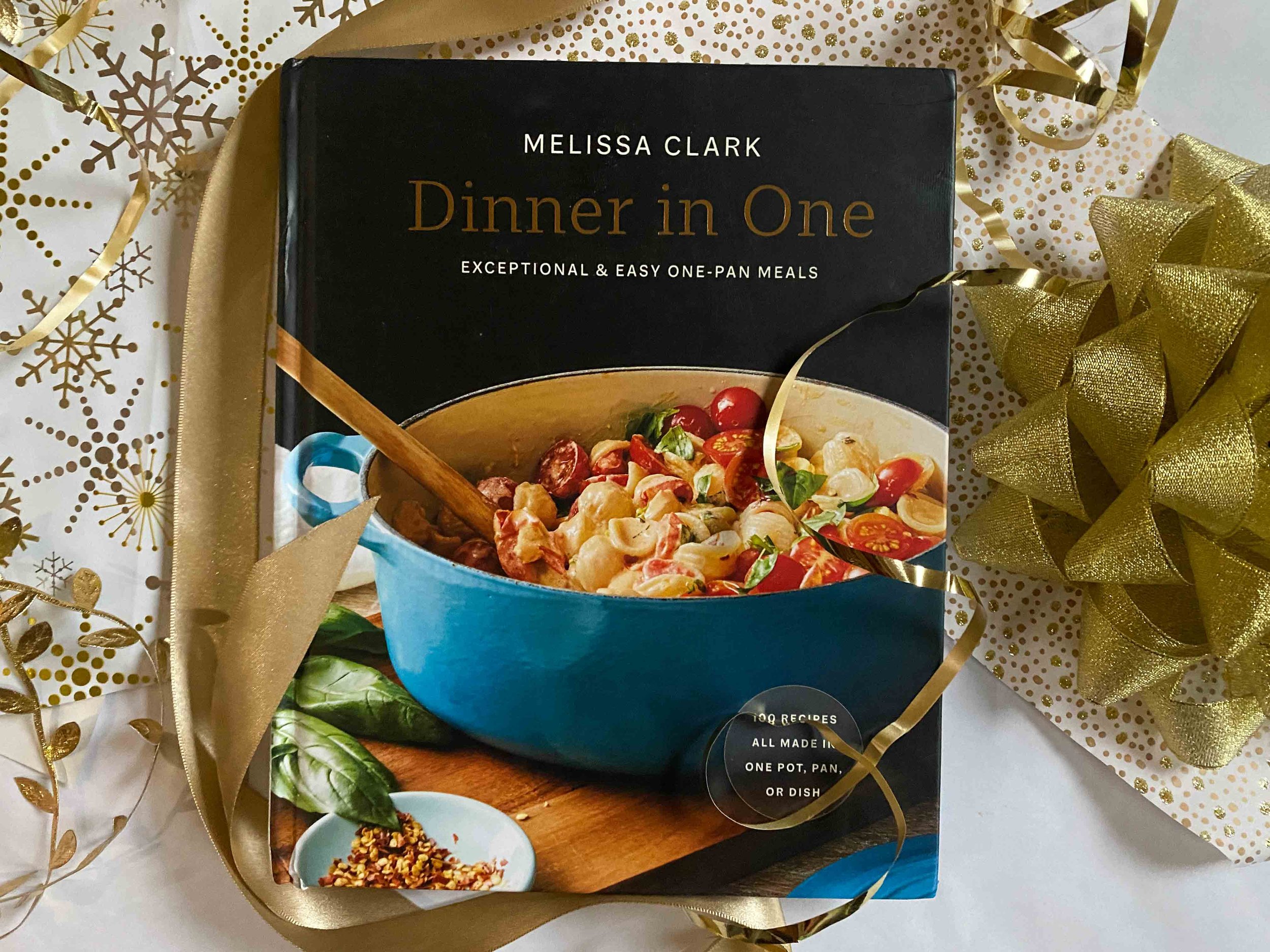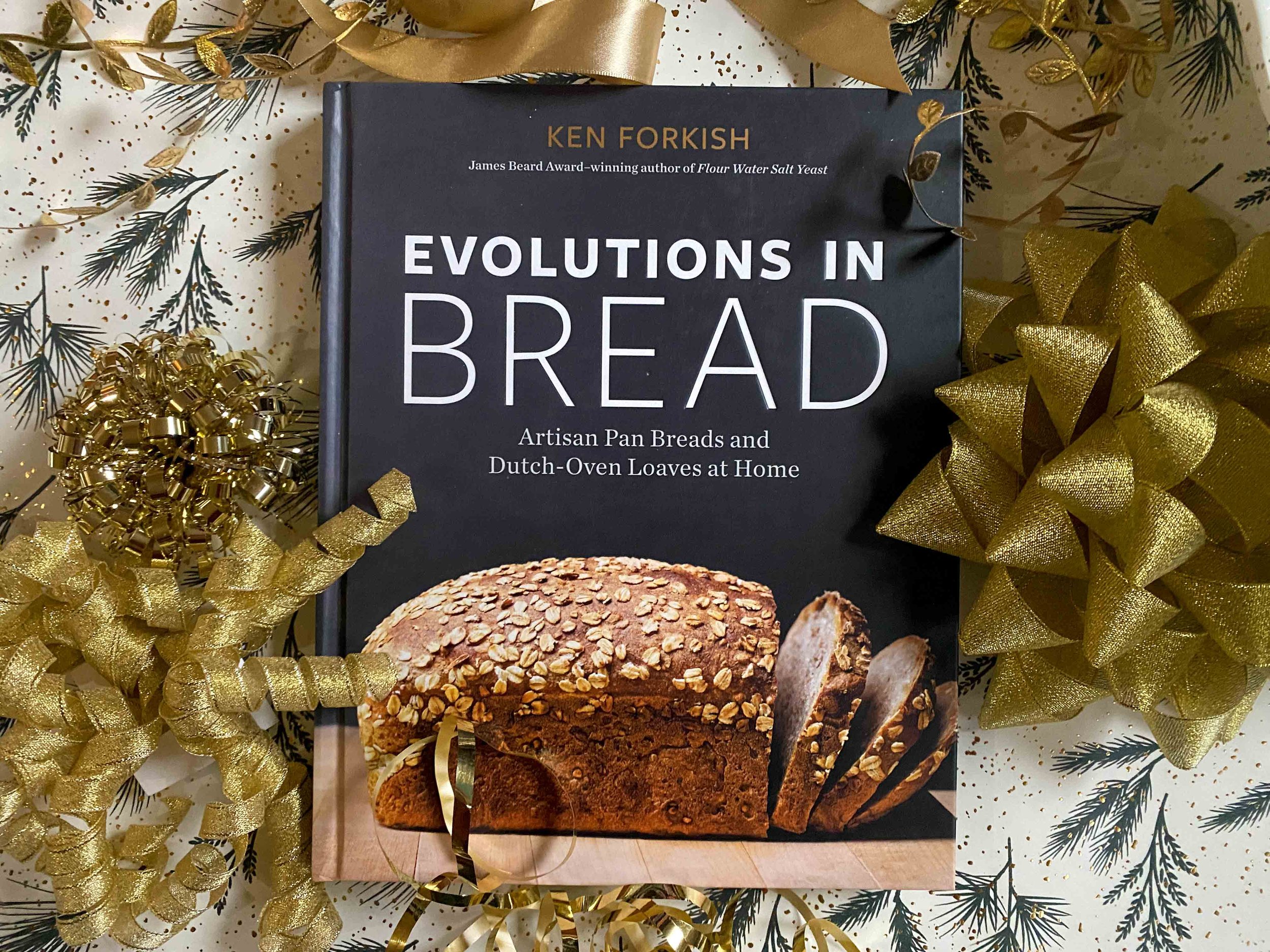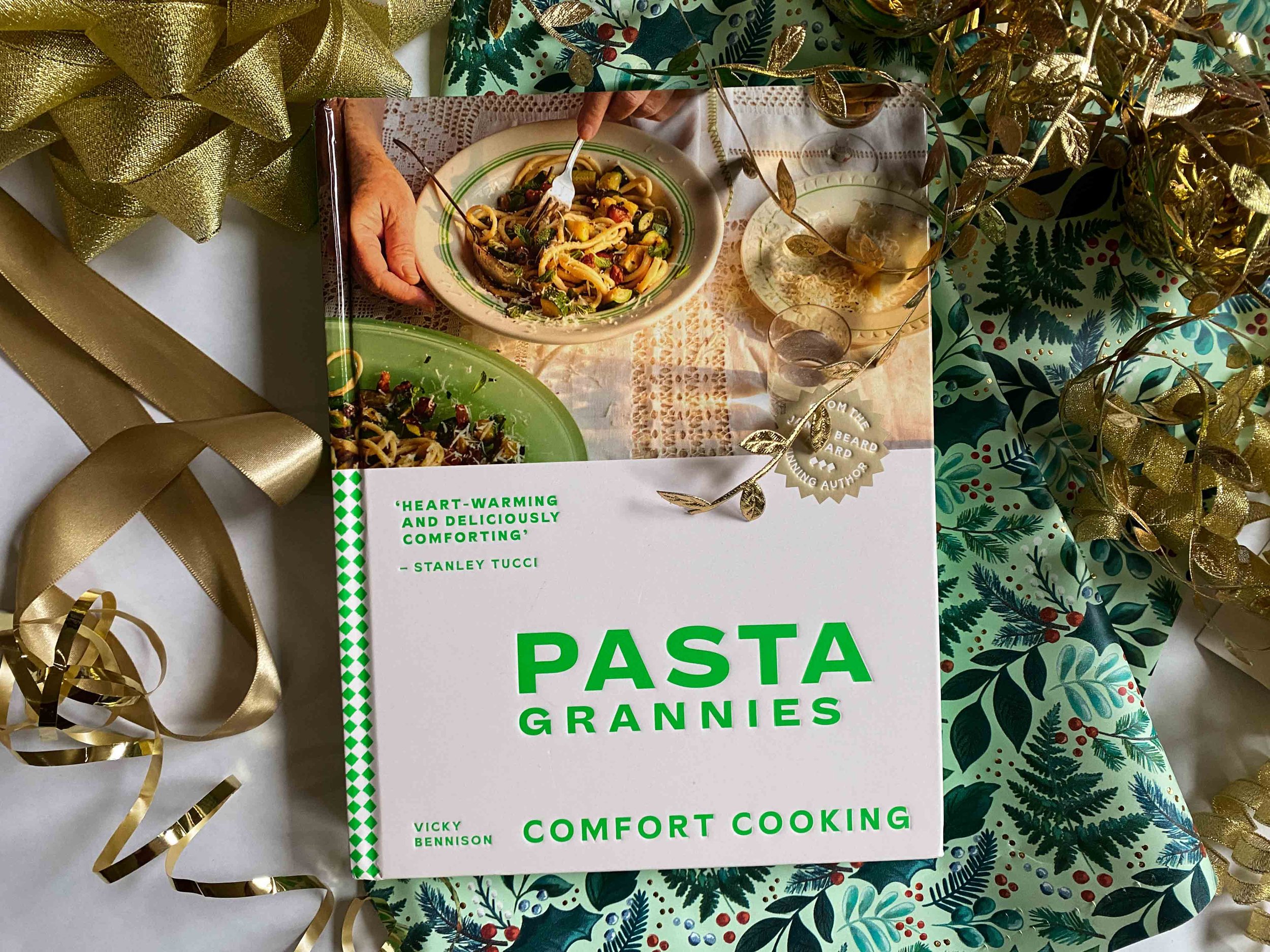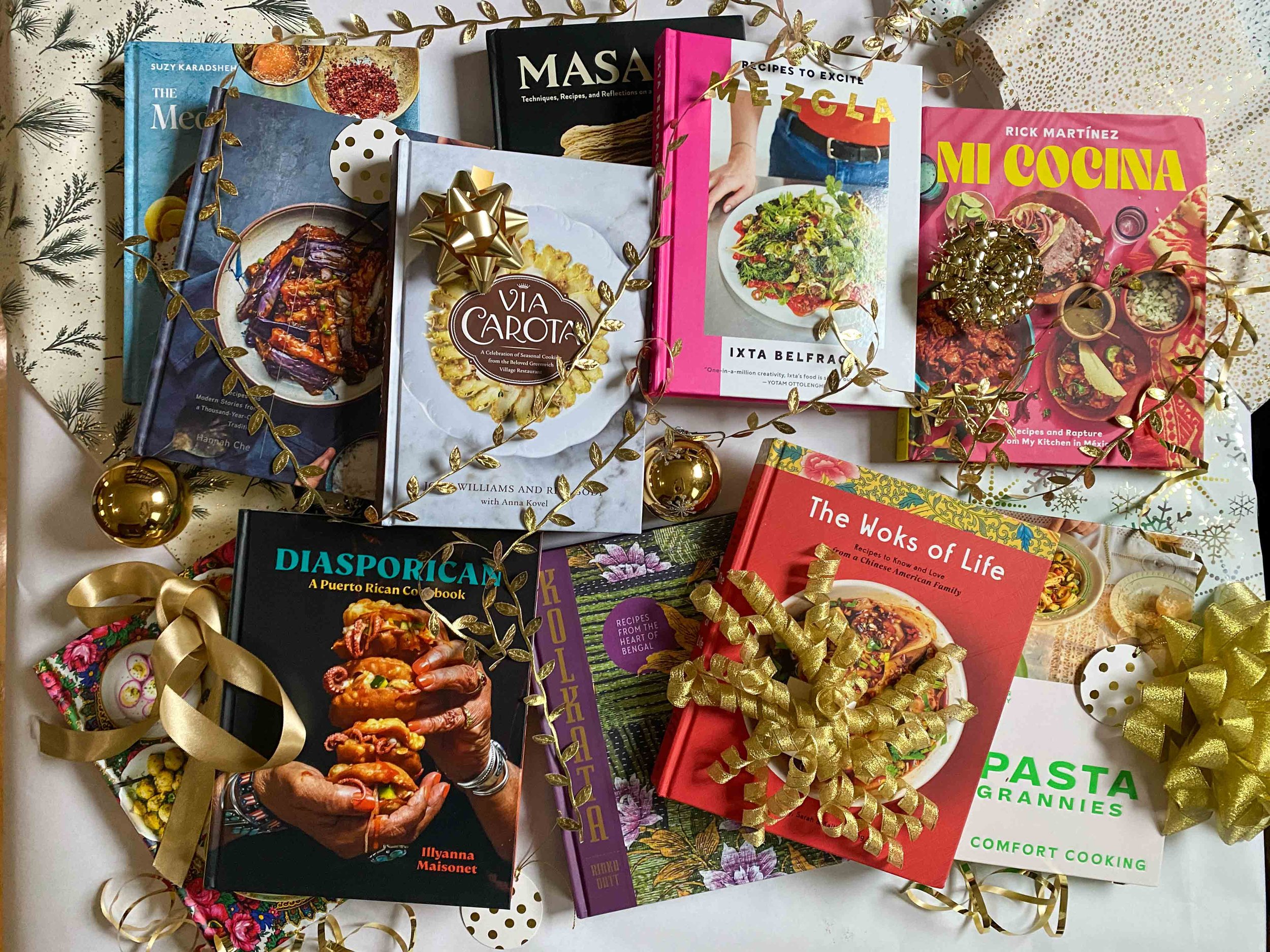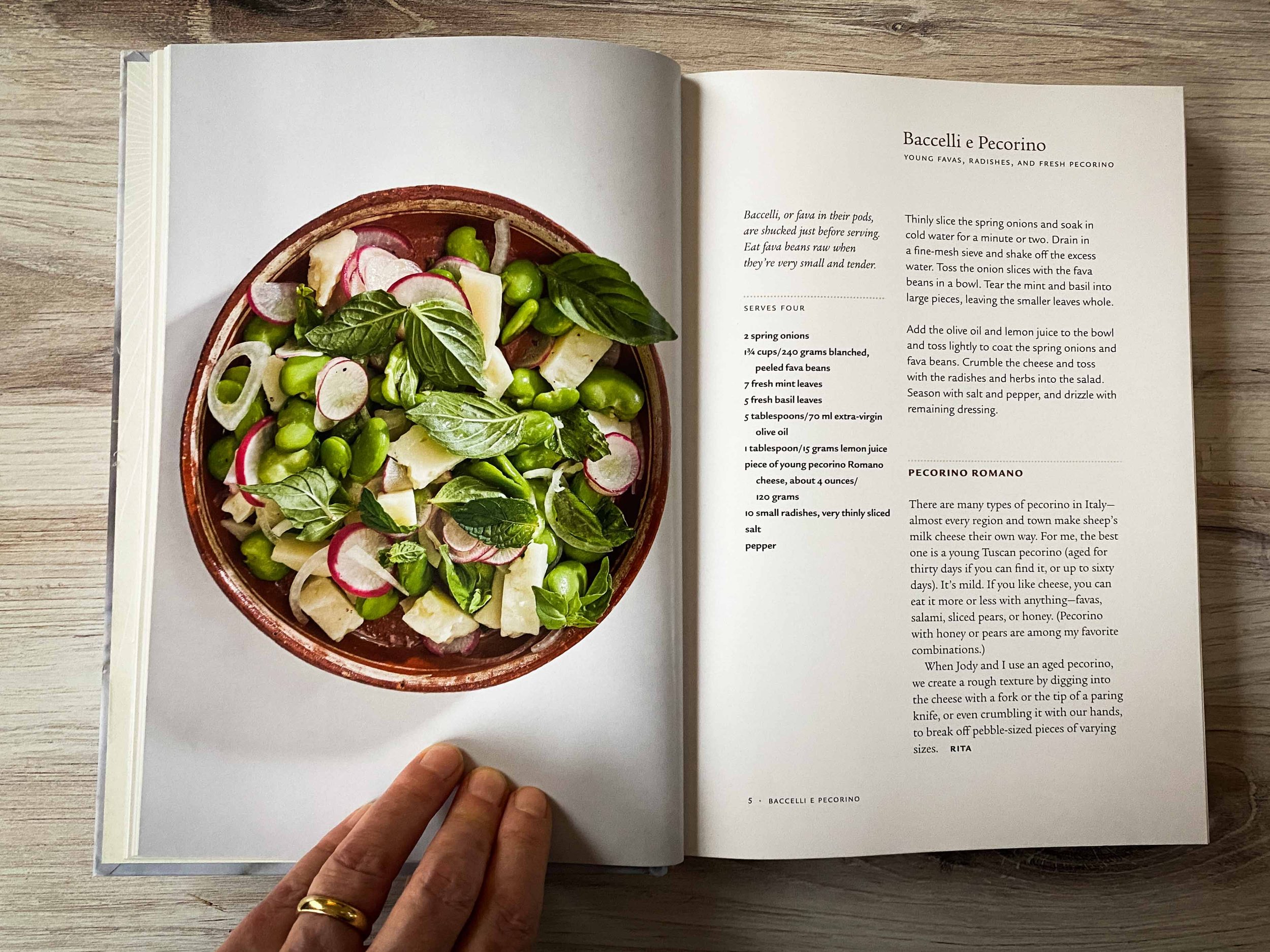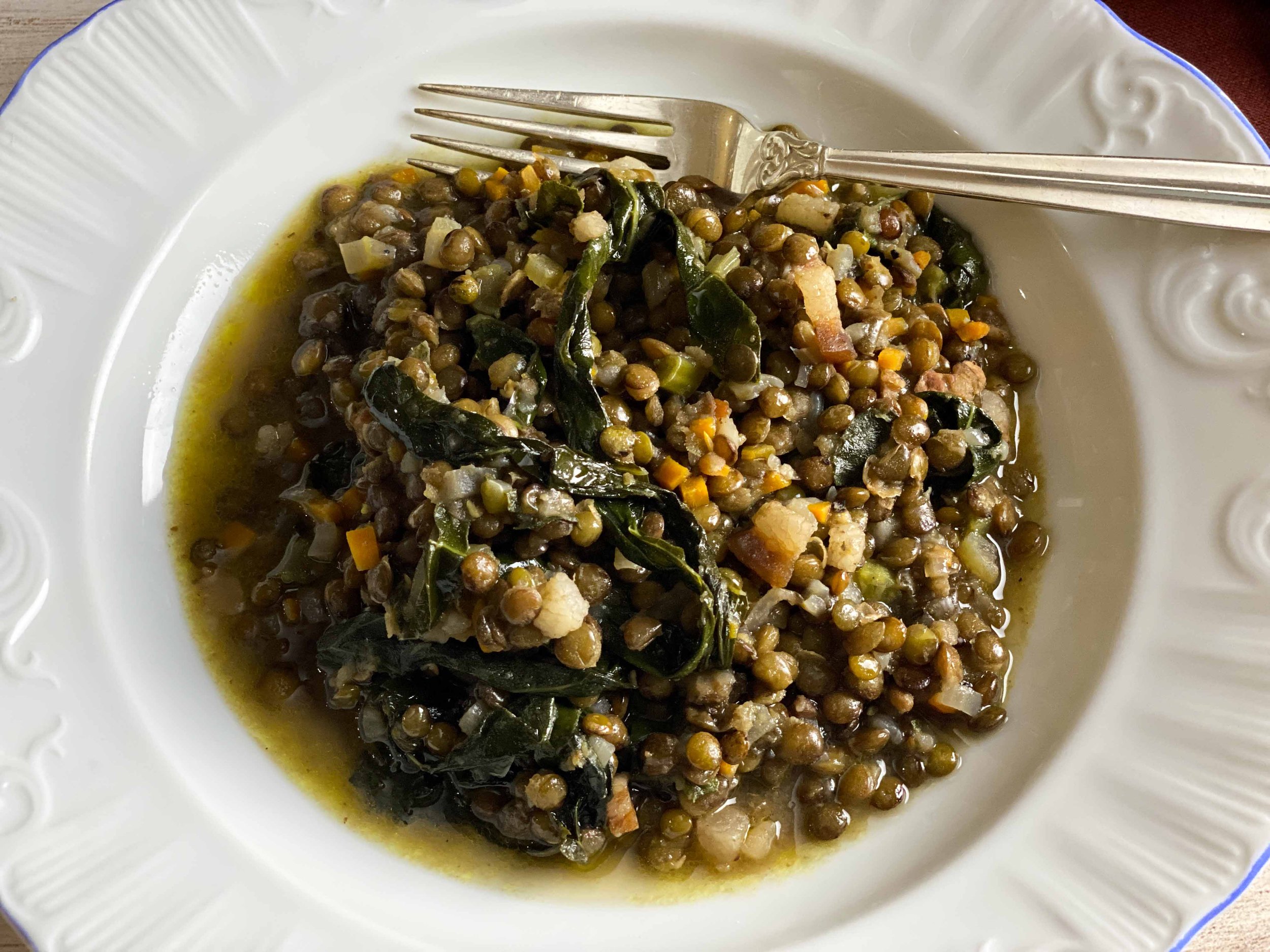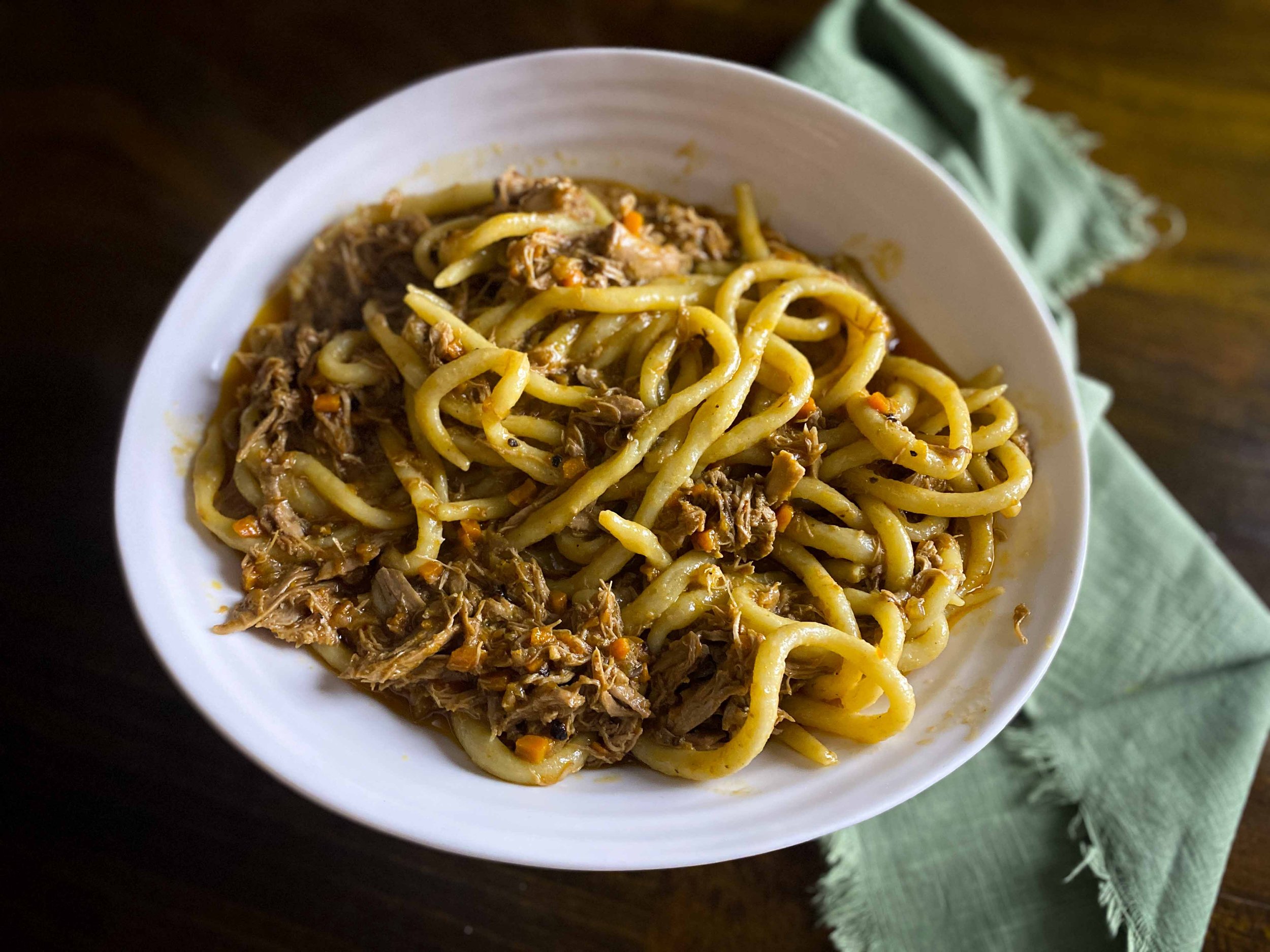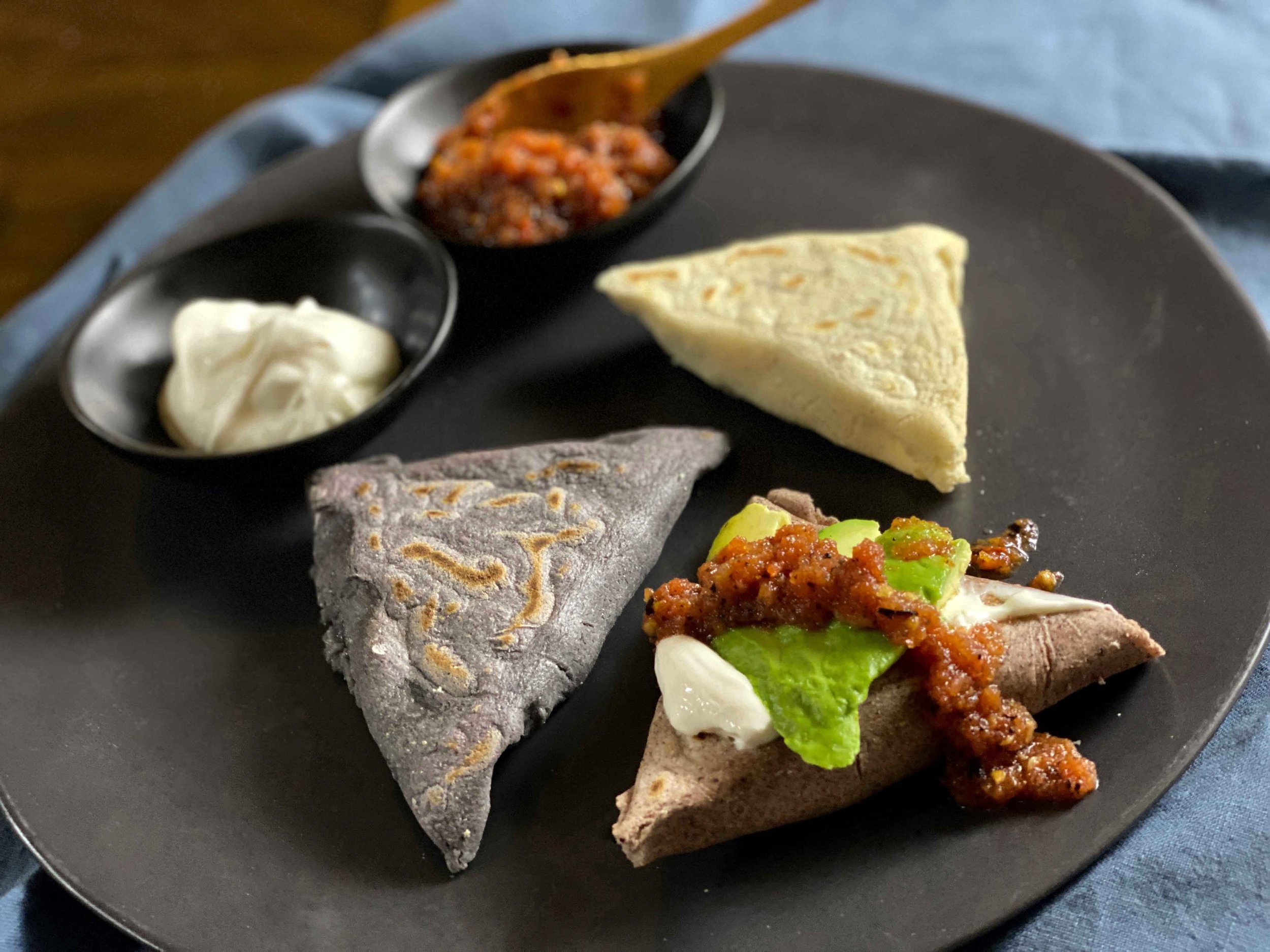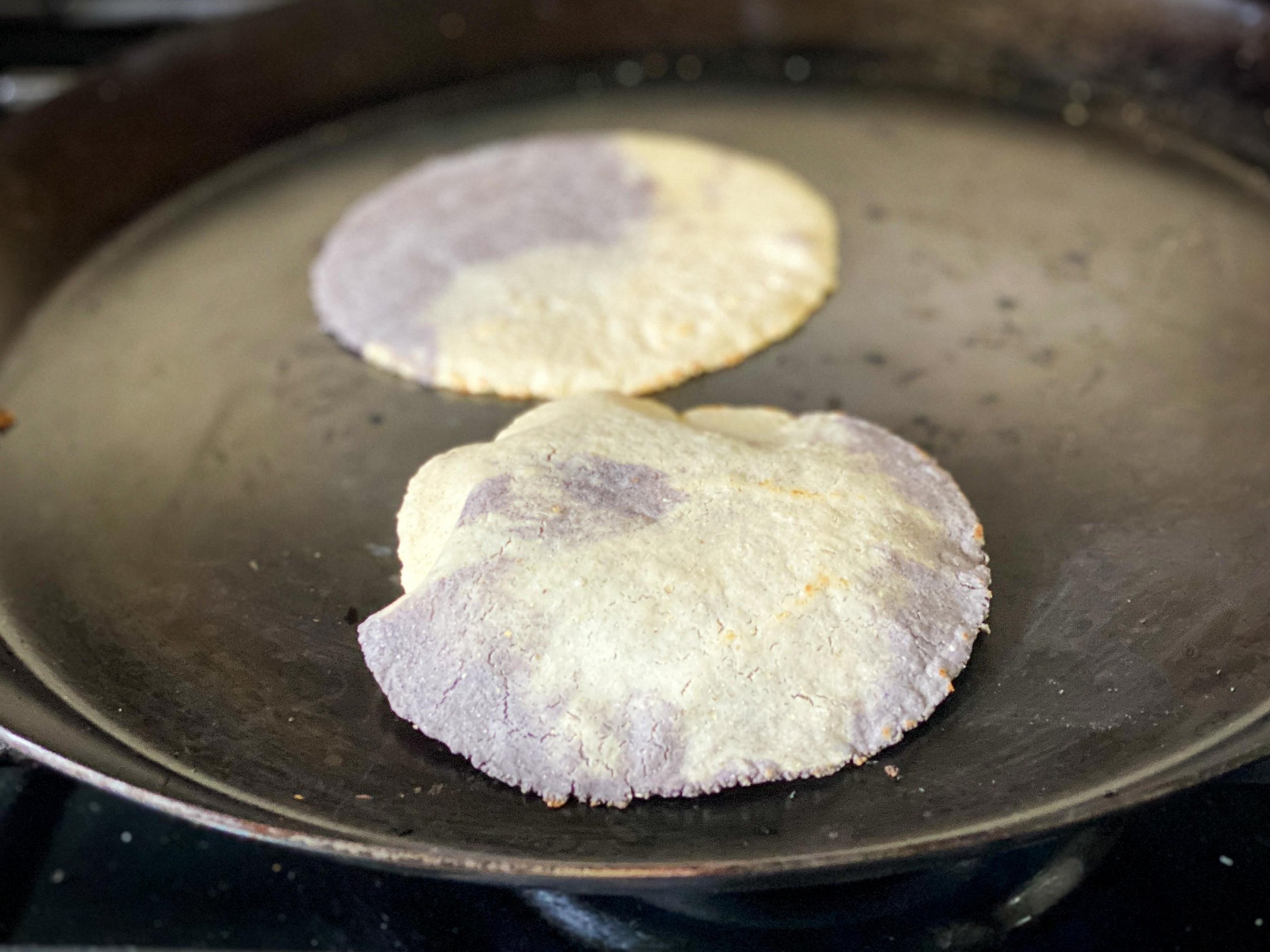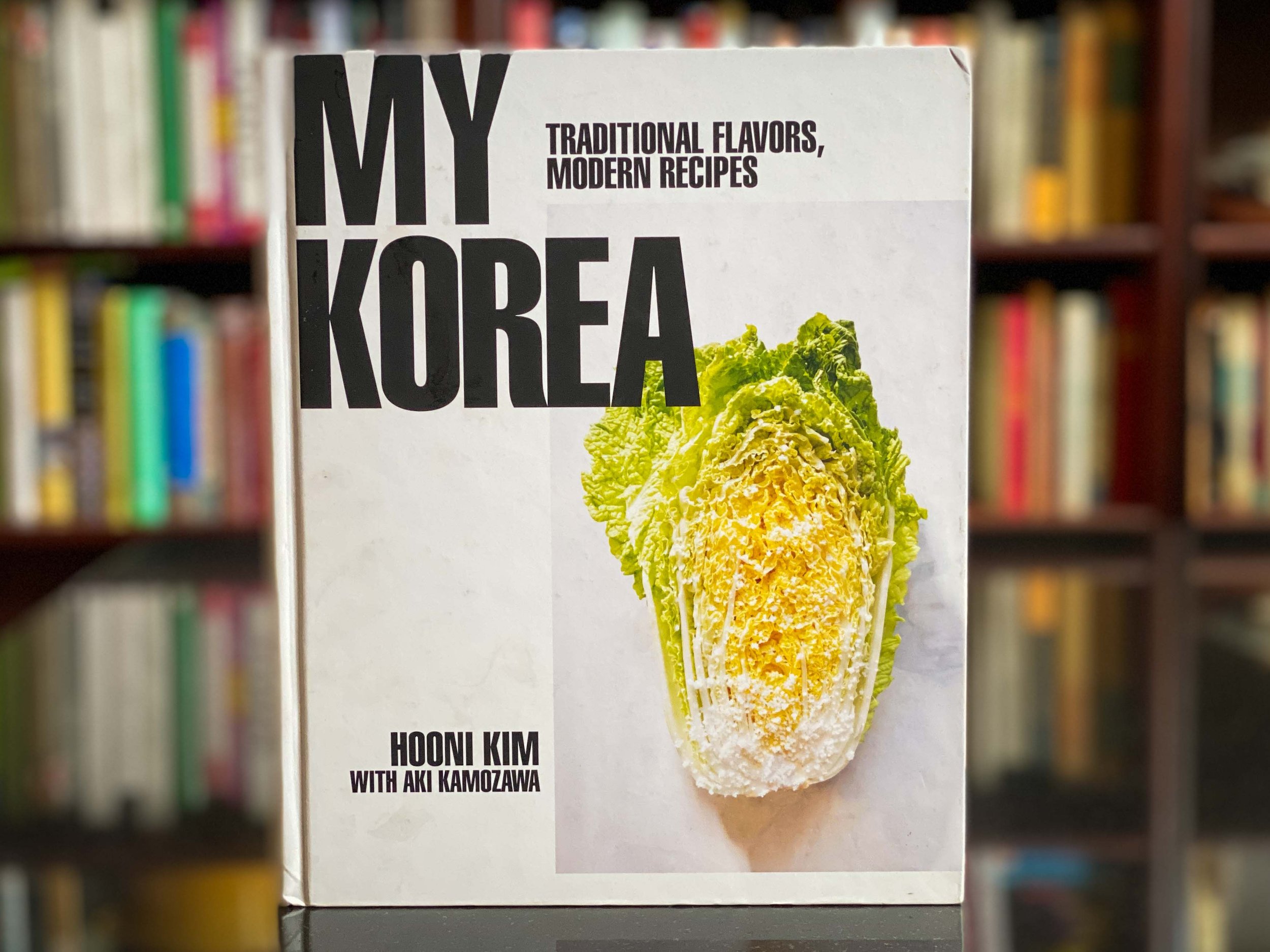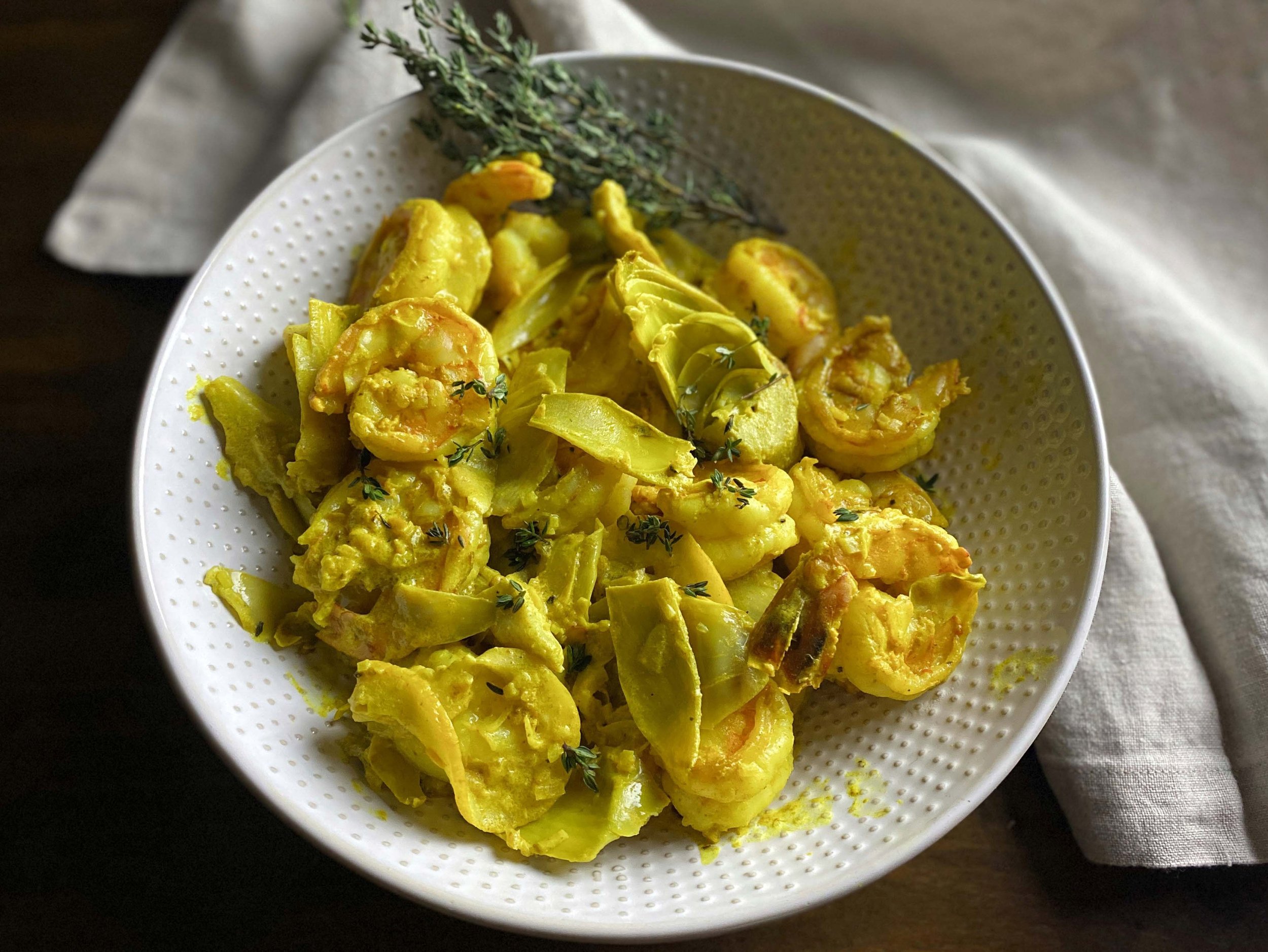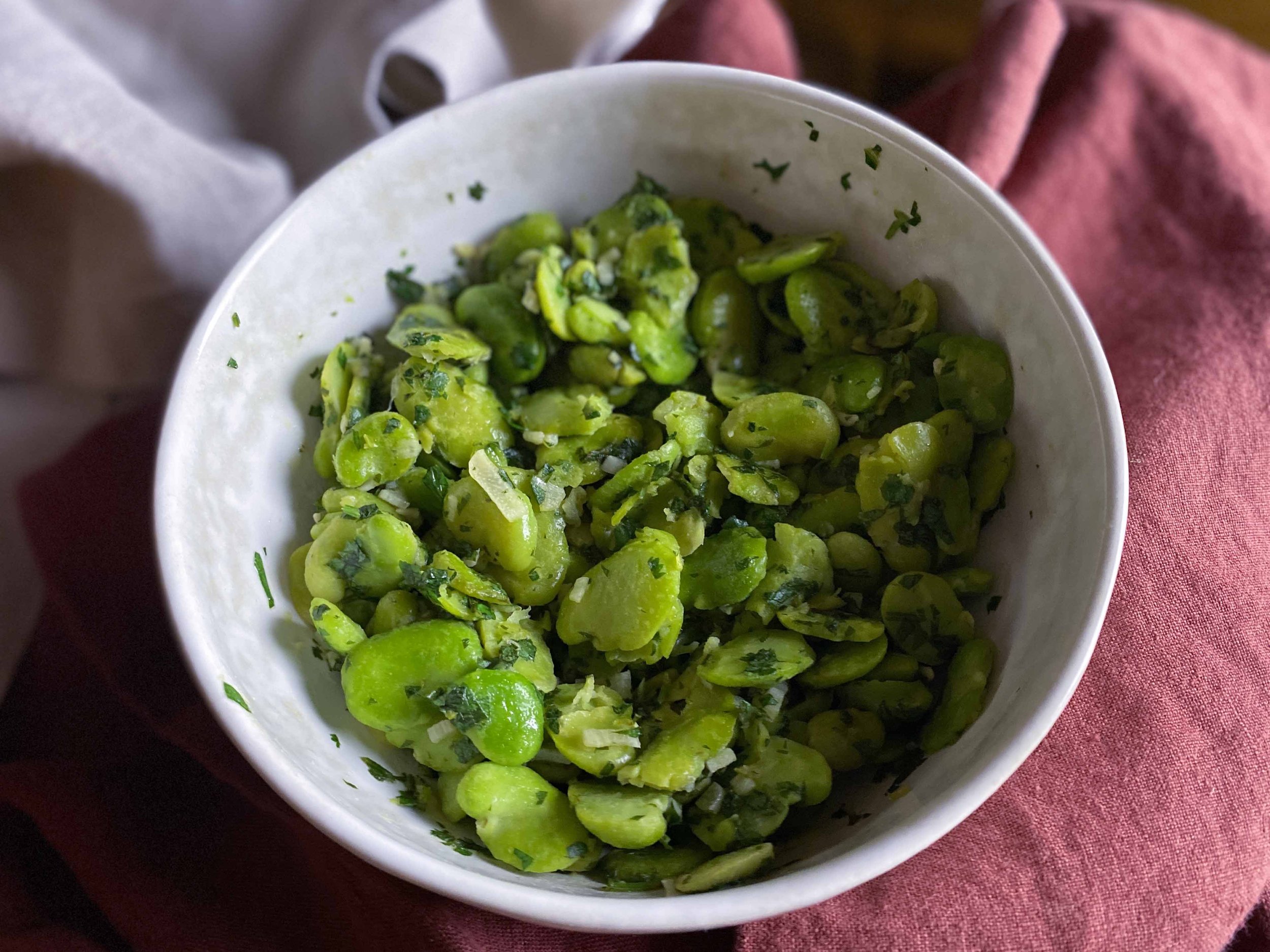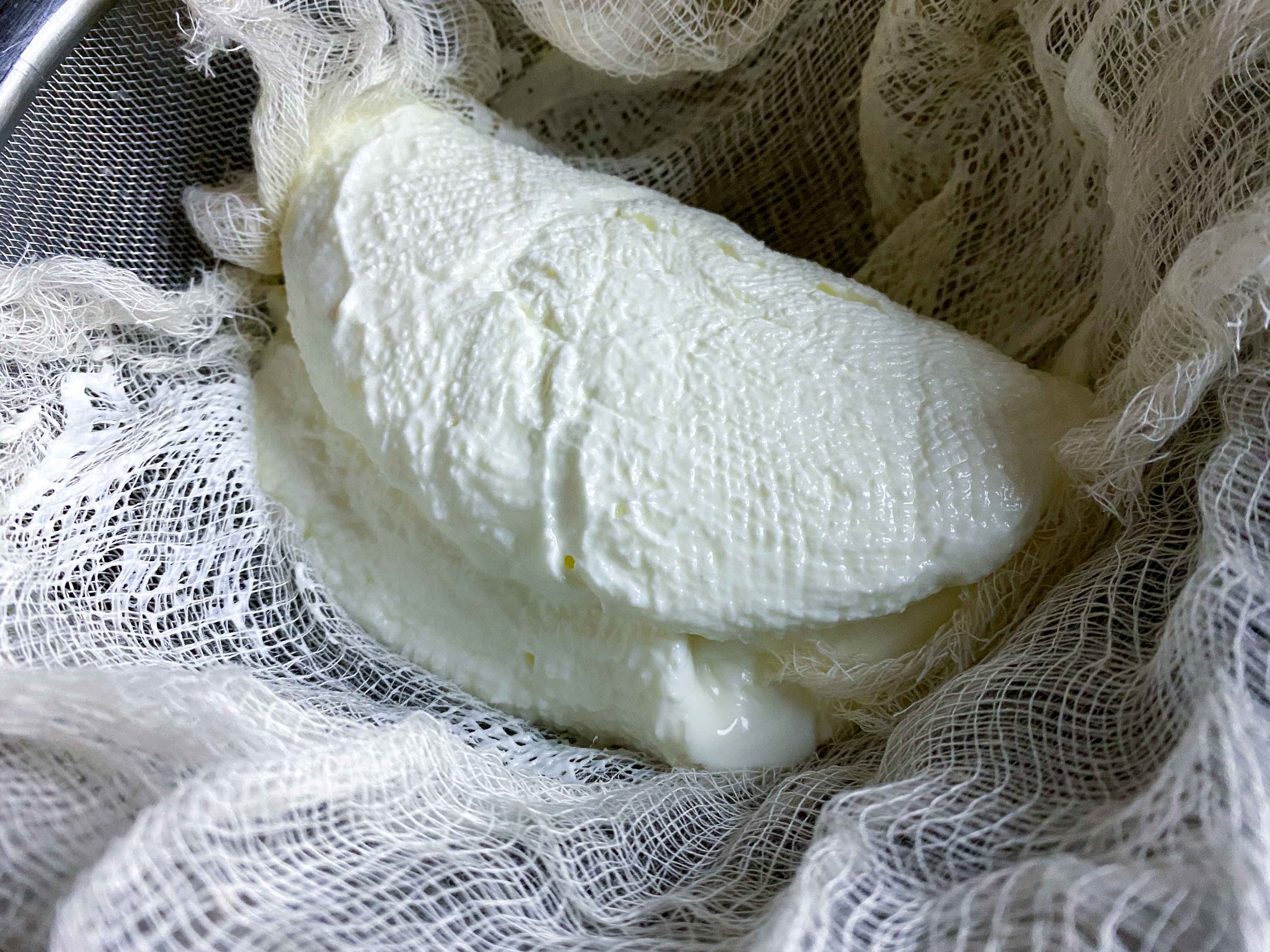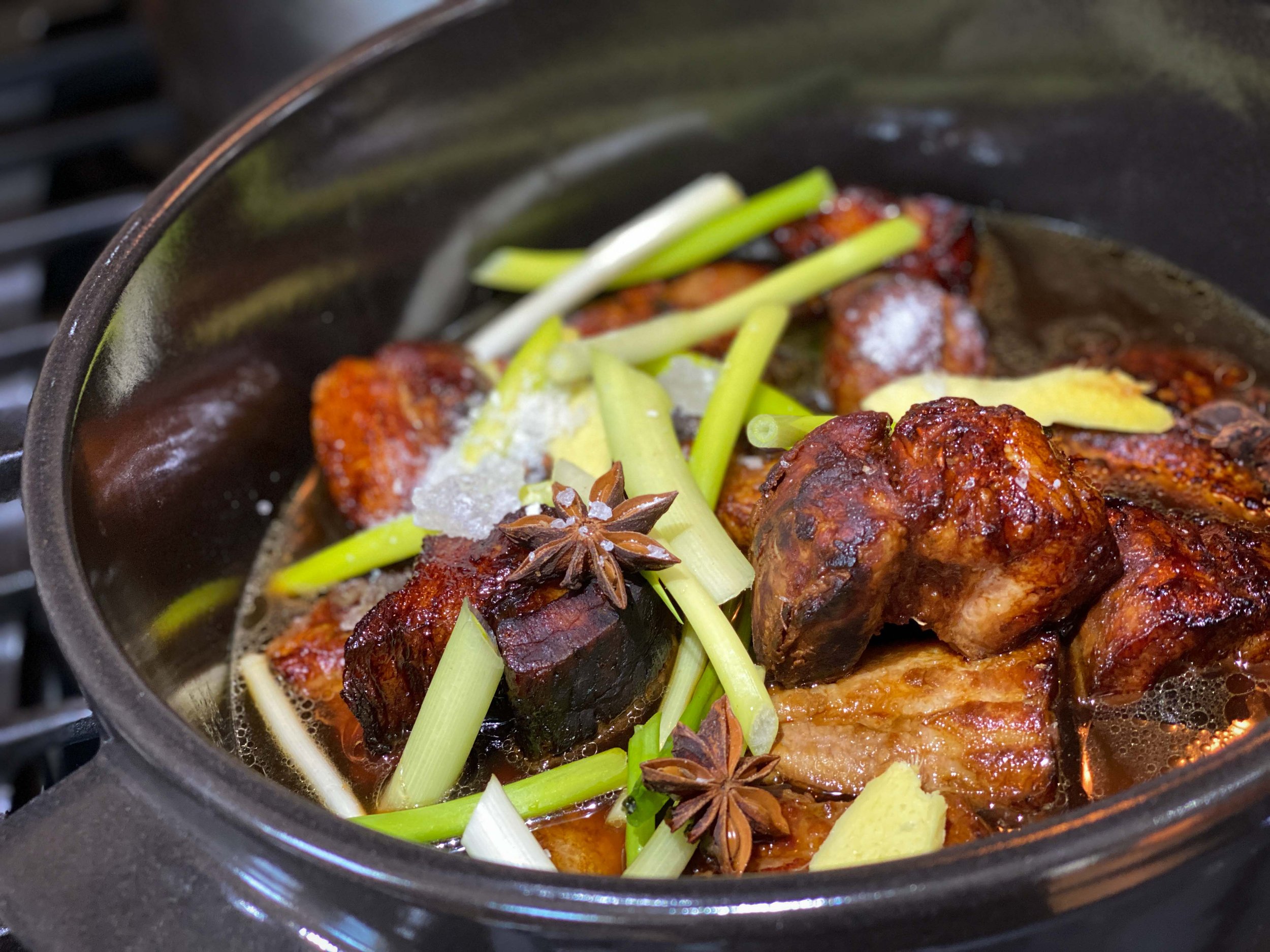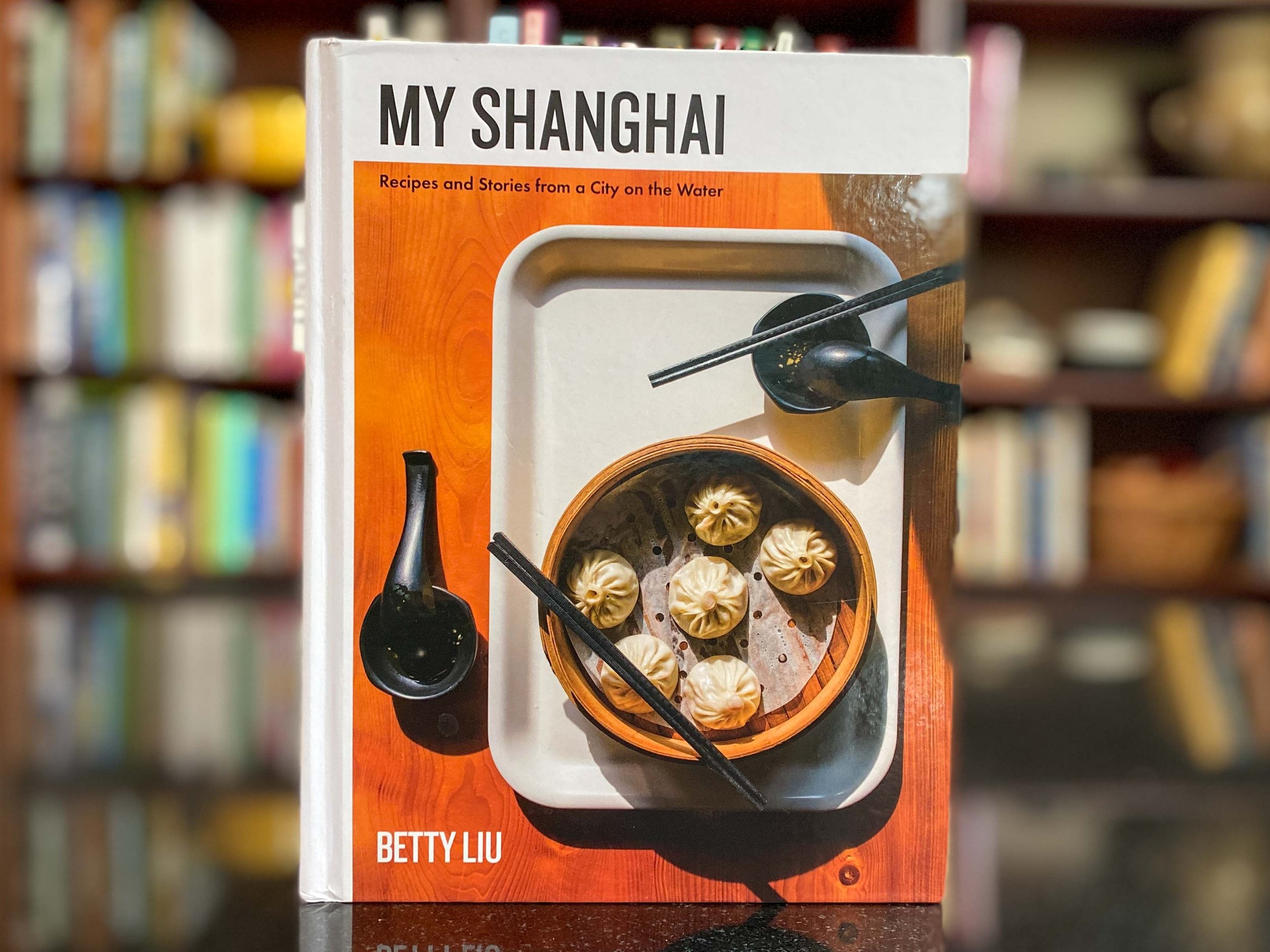By Leslie Brenner
A month ago, you might have been tempted to think the world already had enough Mediterranean cookbooks — and then José Andrés published one.
The prolific restaurateur and founder of World Central Kitchen seems to have put his heart and soul into Zaytinya, which celebrates the mezze (shared small plates) tradition of the Eastern Mediterranean — Greece, Turkey and Lebanon. (Zaytinya means “olive oil” in Turkish).
More specifically, it celebrates “José’s way” with those dishes — just as the Washington, D.C. restaurant it’s named for does. The result is one of the most exciting cookbooks published in the last few years. The recipes are tremendously appetizing and do-able, and the dishes that wound up on my table were, without exception, pretty spectacular.
Most exciting to me is the book’s deep dive into Greek culinary traditions and ingredients. Serious titles on the subject are uncommon on the American cookbook landscape, and it’s such an appealing cuisine. Happily, it is a strong focus in the book.
But it’s not Greek grandma cooking (nor Turkish or Lebanese grandma cooking) that’s on display in this volume. As Andrés writes in his introduction, his mezze honor the region’s traditional dishes but “created in a new way — using ingredients and techniques that inspire me and my team. That’s what gives Zaytinya its unique style, and what has filled the restaurant from the first day it opened, two decades ago.”
Seared Scallops with Tzatziki, prepared from a recipe in ‘Zaytinya’: This is not Greek grandma cooking.
José’s way with scallops
Andrés’ recipe for Seared Scallops with Tzatziki is a case in point. The tzatziki is pretty straightforward-traditional; garlic confit in place of raw garlic is a worthwhile cheffy touch, and the tzatziki on its own is wonderful. Here it gets spread it on a plate, topped with seared scallops and garnished with shaved radishes, herbs and Sumac Rose Spice — a magical blend of pink peppercorns, dried rose petals, sumac, cumin, Urfa pepper and sesame seeds. The use of rose petals is more Persian, Turkish and Indian than Greek, and that’s the kind of flair that makes so many of the recipes stand out.
That spice mix also happens to be gorgeous, so it’s surprising that the photo of the scallops in the book leaves it off. (When was the last time a recipe you attempted at home was prettier than the photo in the book?) Since testing the recipe, I’ve been using the mix on all kinds of things: sprinkled on other fish besides scallops; over leeks vinaigrette, or over labneh for a snack. (It would also be fantastic on cacik, the Turkish yogurt-and-cucumber soup, or on minted pea soup, hot or cold.)
The book does include some recipes that are completely traditional, particularly in the chapter on sauces and spreads. There you’ll find straight-ahead hummus and toum; I didn’t test those, but I did test a recipe for muhammara. — roasted red pepper and walnut spread. Andrés’ headnote explains that the dip is “often associated with Syria, but it’s also claimed by Lebanon and Turkey,” where the dish is made with Marash pepper, very similar to Aleppo (which is what Andrés’ recipe calls for). Andrés has you roast the peppers partway, then scatter walnuts over them and continue roasting, then sprinkle Aleppo pepper and cumin over those and roast a little longer. Then everything gets blitzed together. Very smart, simple and user-friendly, and that muhamarra was easily the best that’s ever come out of my kitchen.
RECIPE: ‘Zaytinya’ Muhammara
Zaytinya’s introduction provides a lot of rich background — about what first drew the Spanish-born chef to the Eastern Mediterranean, and about all the history and shared culture that connect modern-day Greece, Turkey and Lebanon. “The connections between the people of this region are old and deep,” he writes, “and their shared food traditions prove that what brings us together is more powerful than what separates us.”
He tells us about the time he and his wife spent in Athens, Santorini, Thessaloniki and Istanbul more than two decades ago, doing research for the restaurant, and particularly time spent with the Kea, Greece-based cookbook author Aglaia Kremenzi, who became an important “mentor and guide.” It’s so delightful to read about restaurant R&D with that kind of depth and seriousness — such a rarity. America is filled with restaurants that get their ideas about the cuisines they represent from other American restaurants representing those cuisines, without their chefs and owners going back and diving deeply into those food cultures where they were born. That depth of research is felt throughout the book.
Gigantes star in a Turkish-Greek crossover
Once of my favorite dishes (at least so far; I have a couple dozen Post-Its on the pages of dishes I still want to make) is Andrés’ spin on piyaz, traditionally a Turkish bean-and-onion salad. Here it’s given a Greek twist with the addition of dill and ladolemono, a lemon-honey dressing. It’s served warm, more of a bean stew. Andrés calls for dried gigante beans or large limas; I used heirloom Royal Coronas from Rancho Gordo, which were ideal.
RECIPE: ‘Zaytinya’ White Bean Stew
A few tiny quibbles
The book isn’t perfect. Some of the yields were off (the Muhammara recipe says it makes about 1 cup; in fact it made nearly 2 cups); a recipe for Greek almond cookies (amygdalota) yielded 39 cookies, nine more than the 30 stated. Not a big deal, but 30 would have fit on one baking sheet, and 39 do not. An otherwise excellent recipe for meatballs in spiced tomato sauce, or soutzoukakia, makes far more sauce than needed for the one-pound-worth of ground beef it calls for; next time I’d make one-and-a-half times as much of the meatballs.
Also, I couldn’t help but wonder, other than the larger-format dishes in a chapter called “Family & Fire,” are these dishes really all meant to be mezze? I dearly love those scallops, but if they’re only meant to be one part of a big spread, that’s a lot of work. It’s not too much work for a main course, though — especially one that’s such a show-stopper.
A bit of explanation about how to approach menu-planning would have been appreciated. How many dishes would you plan for a spread, or how should one strategize executing them? Should you do a few cold ones and a few hot?
Finally, it seems crazy, in this day and age, not to include metric measures in a cookbook. I added metric equivalents in my adaptation of Andrés’ recipes, but they’re not in the original.
These are small quibbles, though, especially as everything tested was so delicious and appealing; there wasn’t a single dish I wouldn’t make again. (The spiced tomato sauce for those meatballs was outrageously good.)
I’ll certainly make Zaytinya’s Garides Me Ánitho (Buttery Shrimp with Dill) again, but I’ll need to get signed permission slips from my guests’ cardiologists: The mezze, which serves four, uses an entire stick of butter. I almost didn’t make it, until I read in the headnote that “shrimp like these are served in tavernas throughout Greece, along with a glass of ouzo,” and that it’s been on the menu at Zaytinya since it opened. (Damn — I missed it the couple times I dined there!)
Here Andrés’ twist is adding a touch of grainy mustard. It’s really good.
RECIPE: ‘Zaytinya’ Greek Taverna Shrimp (Garides Me Ánitho)
And those recipes with Post-Its?
There are so many I’m eager to make. Hommus with Spiced Lamb. Taramasalata Andrés promises will be a revelation (a jar of tarama, or carp roe, is on its way to me). Handmade Phyllo. Turkish Stuffed Eggplant (Mam Bayikdi). Cod Steamed in Grape Leaves (Bakaliarios Se Klimatofila). Manti (the iconic Turkish savory dumplings in yogurt sauce). A spice-rubbed Roasted Lamb Shoulder that looks amazing; you serve it with lettuce leaves, harissa, tzatziki, toum and pita bread. A beautiful parfait of Greek Yogurt with Apricots. Walnut Ice Cream.
All of which is a long-winded way of saying if you love cooking Mediterranean food, you definitely want this book.
Zaytinya: Delicious Mediterranean Dishes from Greece, Turkey, and Lebanon by José Andrés, Ecco, 2024, $45.
If you like this review, you might enjoy:
READ: Cookbooks We Love: ‘Claudia Roden’s Mediterranean’ is one of the revered author’s greatest volumes
READ: ‘Via Carota’ is Cooks Without Borders’ Cookbook of the Year






